Emmanuel Breguet, Vice President, Head of Patrimony at Montres Breguet (Paris, France; Vallée de Joux, Switzerland)
Jeffrey Kingston, Editor-in-Chief of Le Quai de l’Horloge (Sun Valley, Idaho)
September 9, 2021
Video recordings of lectures are available to members immediately (using your membership password), and to the general public with a two-month delay.
After the summer break, the Horological Society of New York’s (HSNY) September 2021 lecture on the tourbillon complication was presented via video by Emmanuel Breguet, Vice President, Head of Patrimony at Montres Breguet, and in-person by Jeffrey Kingston, Editor-in-Chief of Le Quai de l’Horloge.
Emmanuel Breguet covered the historical and philosophical aspects of the tourbillon. His relative, Abraham Louis Breguet, revolutionized watchmaking technically with the self-winding watches, gong spring for repeating watches and improvements on escapements. By 1801, A.L. Breguet devised a way to tell the time by touch, the modern travel clock, the Sympathetique clock and the constant force escapement. Aesthetically, he introduced the neo-classical style of watchmaking via the enamel dials, guilloche dials and thin watch cases. After being forced to return to Switzerland due to the French Revolution, A.L Breguet was ready for a comeback to France under Napoleon Bonaparte’s rule.
E. Breguet contemplated as to why A.L. Breguet named his invention a ‘tourbillon’. Besides its modern interpretation of ‘violent rotation’, A.L. Breguet assembled 18th-century philosophers who deemed watchmaking like the creation of a miniature universe because of the relationship of a planetary system rotating on a single axis or the energy that causes a rotation of the planets around the sun. It took 10 years for A.L Breguet to perfect his invention, and miraculously, 75% of the 40 original tourbillons have survived. A dozen can be seen in museums, three belong to the Breguet Museum’s collection and five are housed in the British Museum and other museums in England. Others can be found in Italy, Switzerland, Jerusalem and New York, with a further 15 pieces in private hands and two recently appearing at auction.
Back to the first live audience at HSNY in 18 months, Kingston spoke about the technical, future and contemporary aspects of the tourbillon and asked the audience to think about the watch as an oscillator. It was from the starting point of oscillation that Kingston pointed out the qualities of the tourbillon.
Christian Huygens’s insight on
Oscillators
Pendulums: Key points of restoring force, rate variance with amplitude and isochronism
Balance Wheel / Hairspring
Breguet’s insights led to the tourbillon
Anomalies due to different positions of the centers of gravity
Distribution of friction over all parts of the circumference of the pivots
Friction / Lubrication
Construction of a Tourbillon
Evolution – Breguet Overcoil, Silicon Hairspring, Titanium, Extra Thin Construction, Constant Force
HSNY thanks Emmanuel Breguet and Jeffrey Kingston for their fascinating lecture!
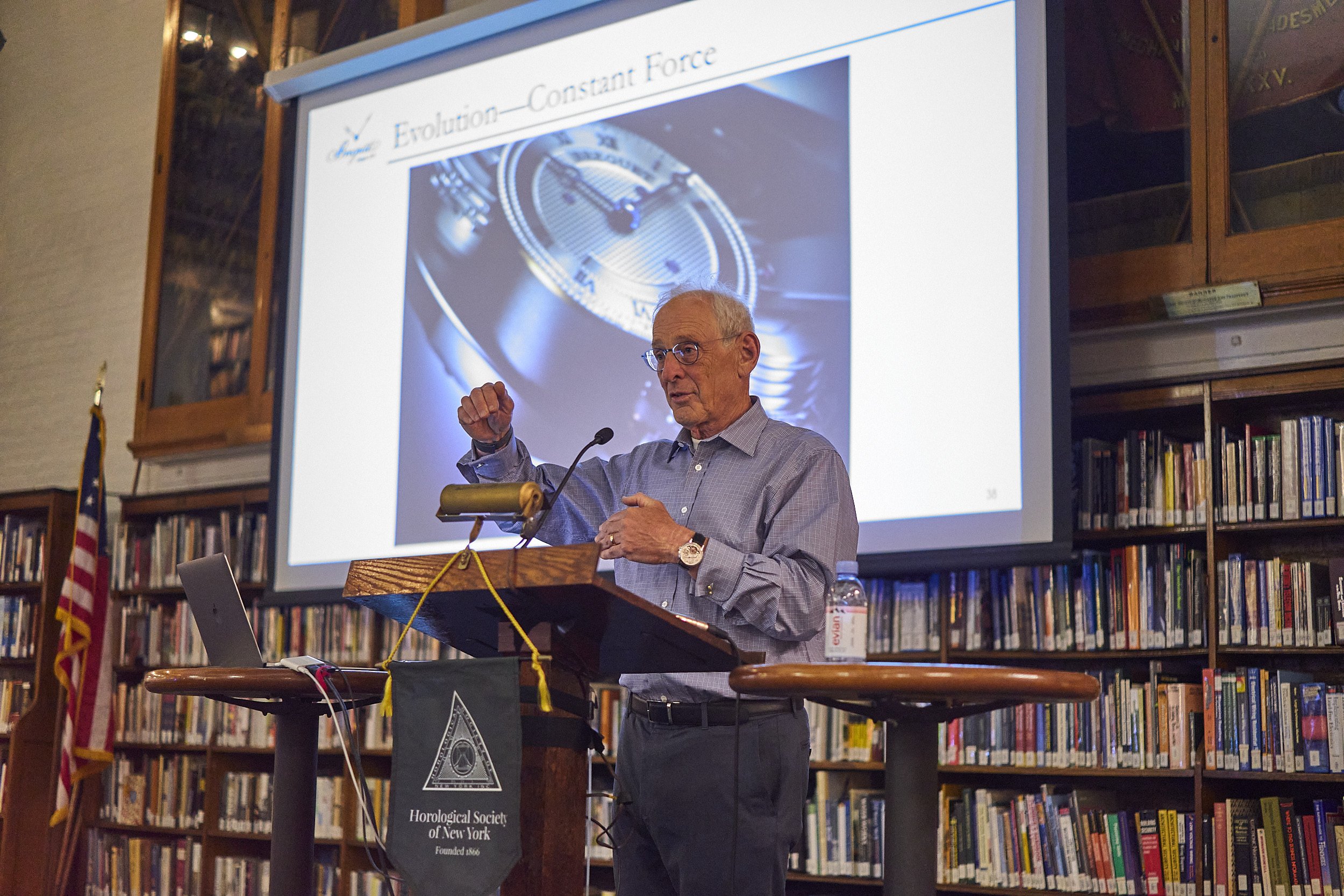
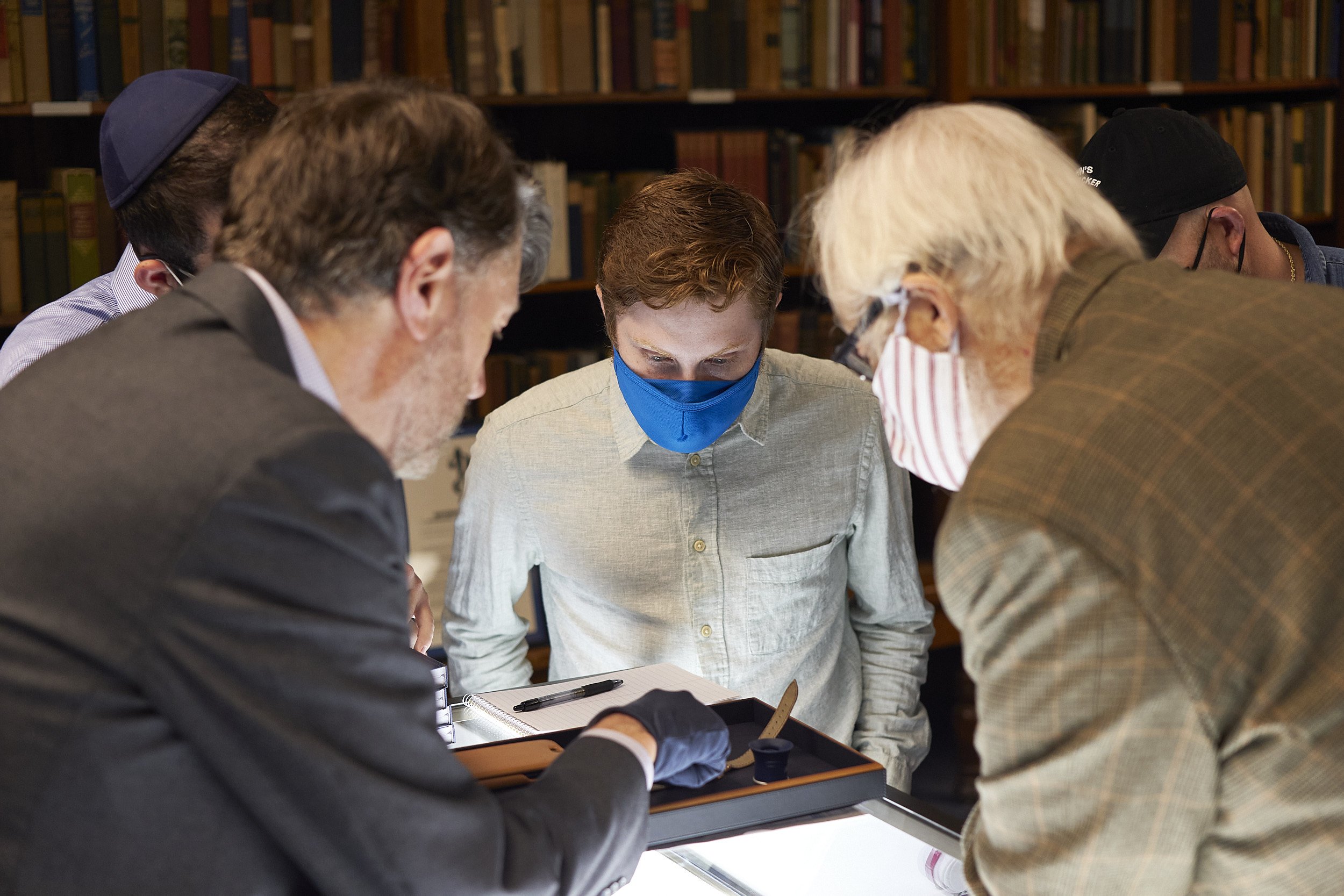
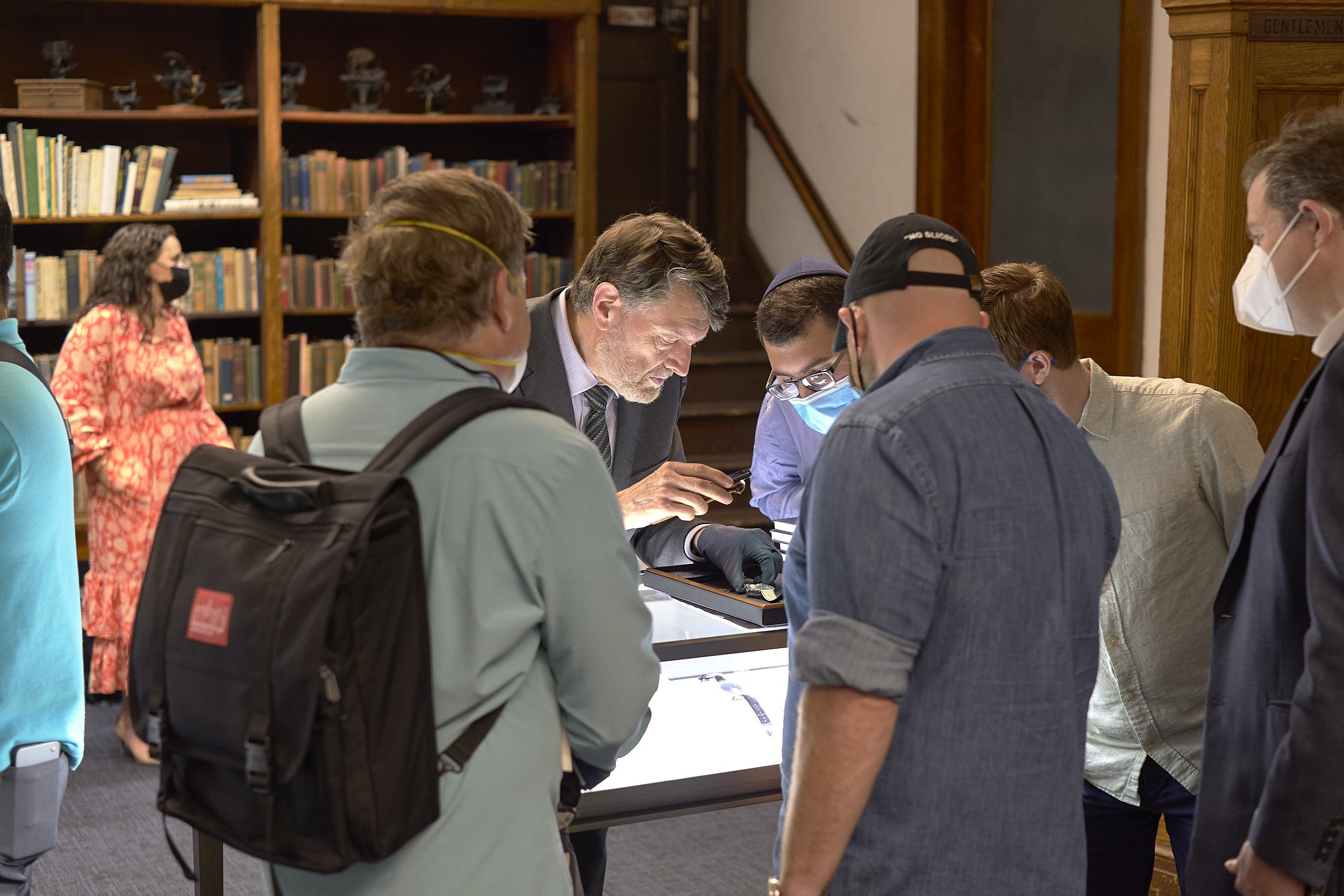
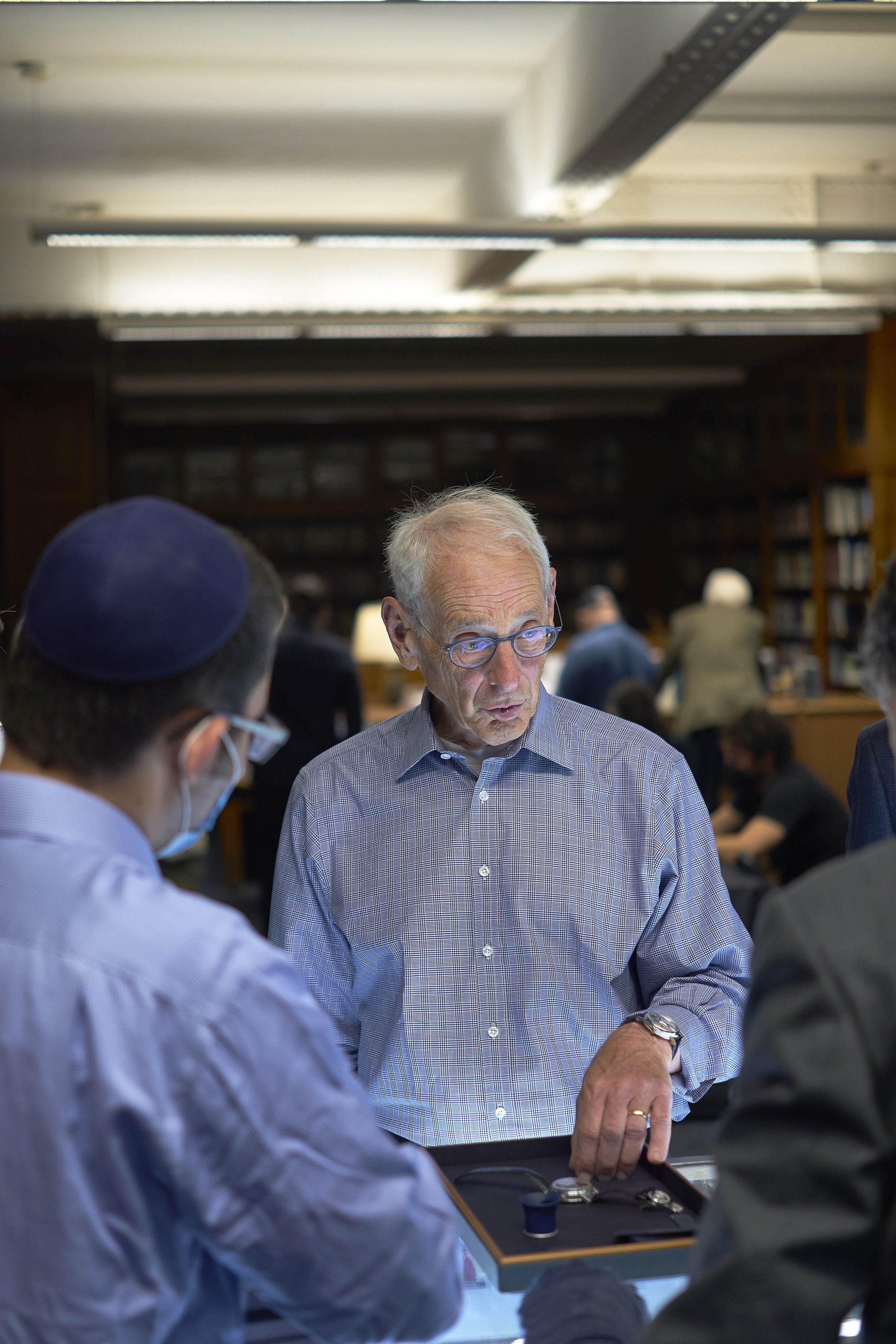
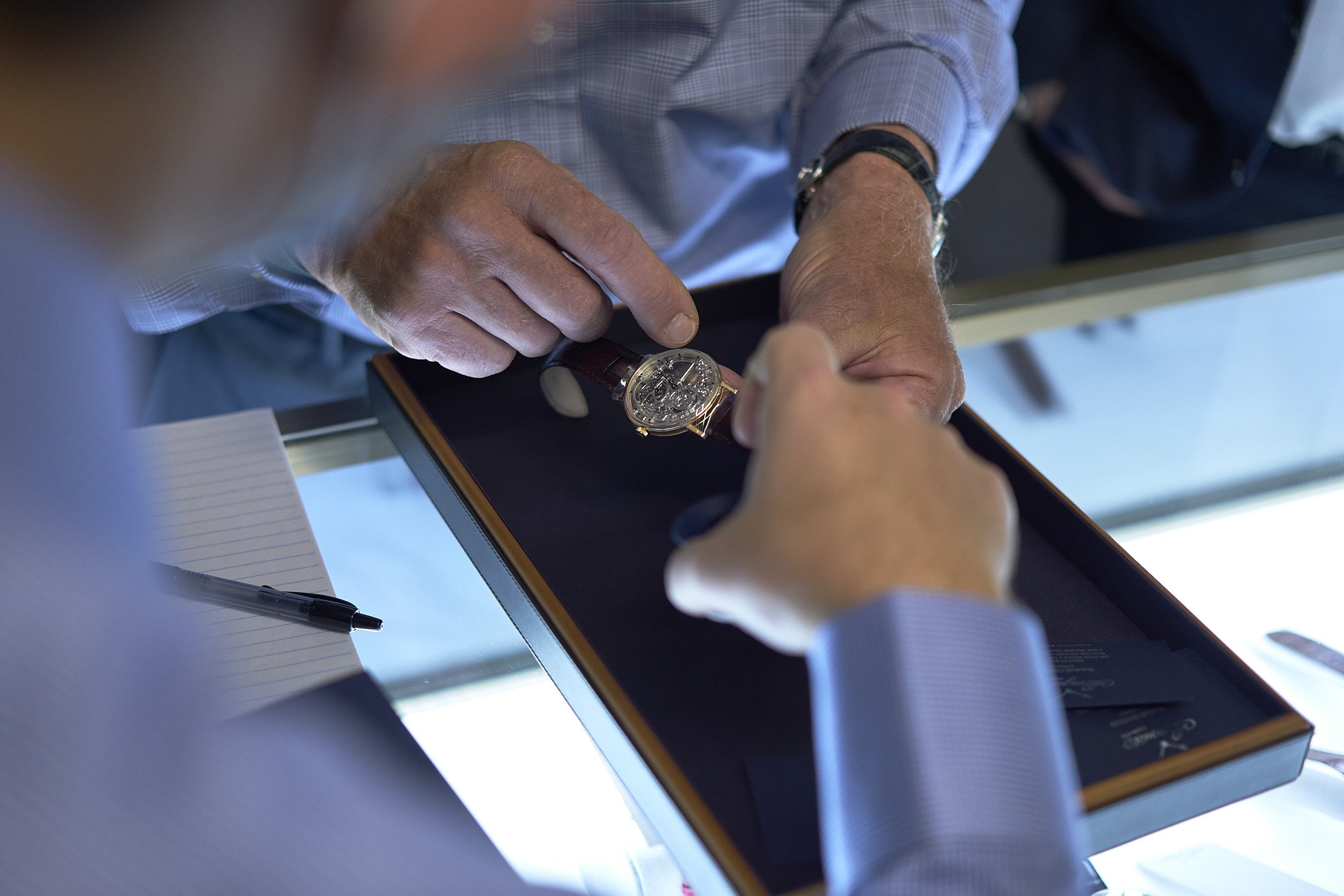
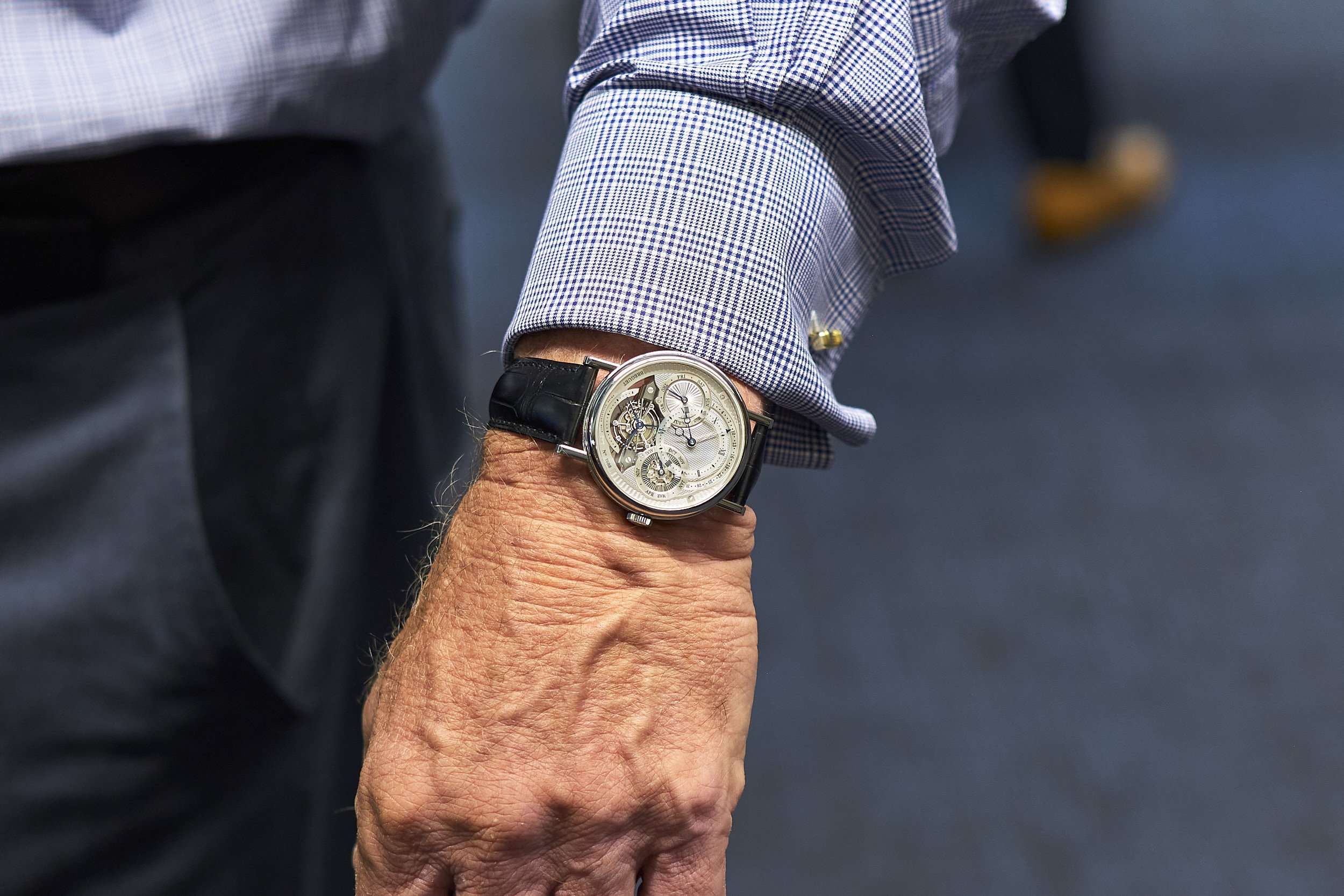
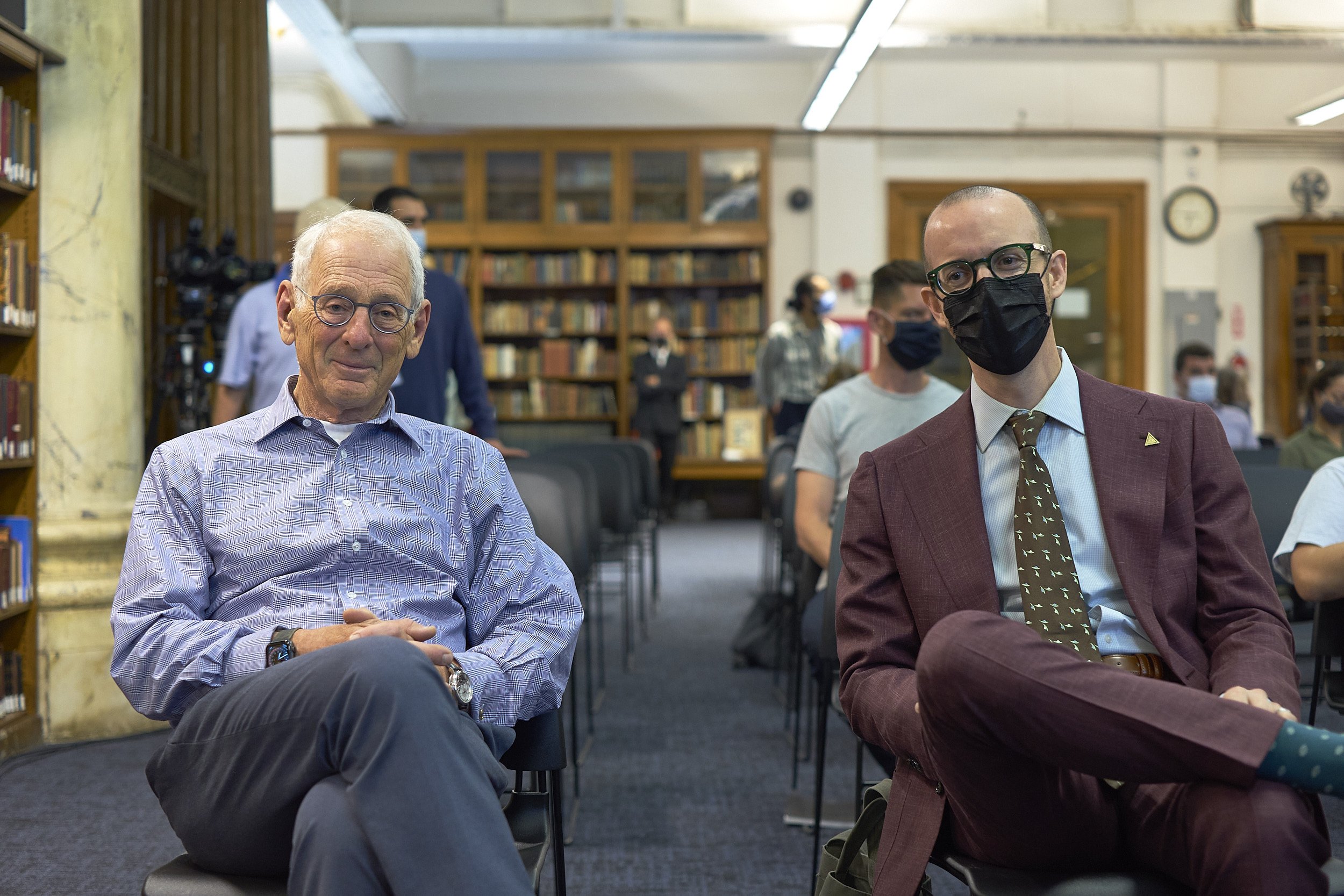
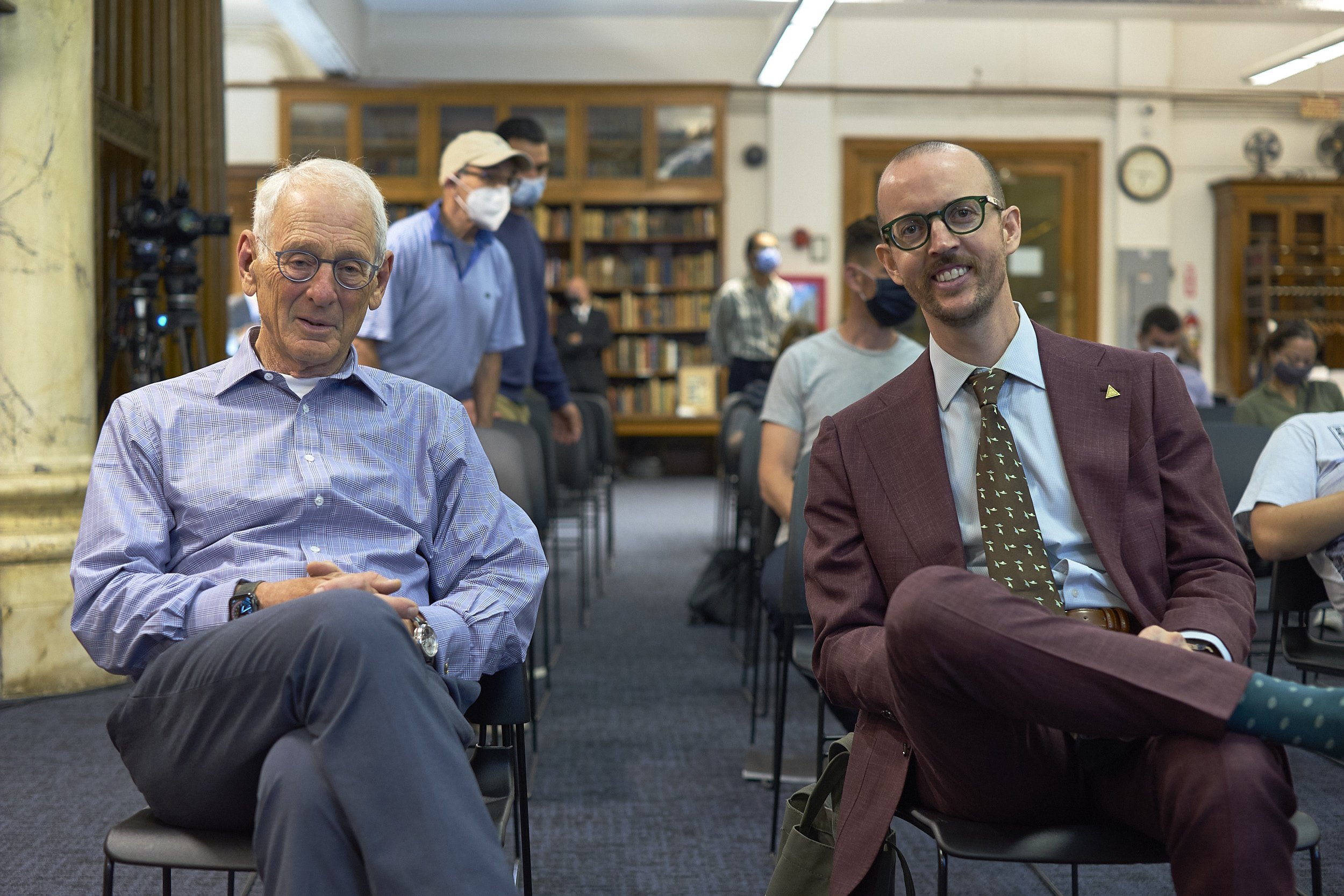
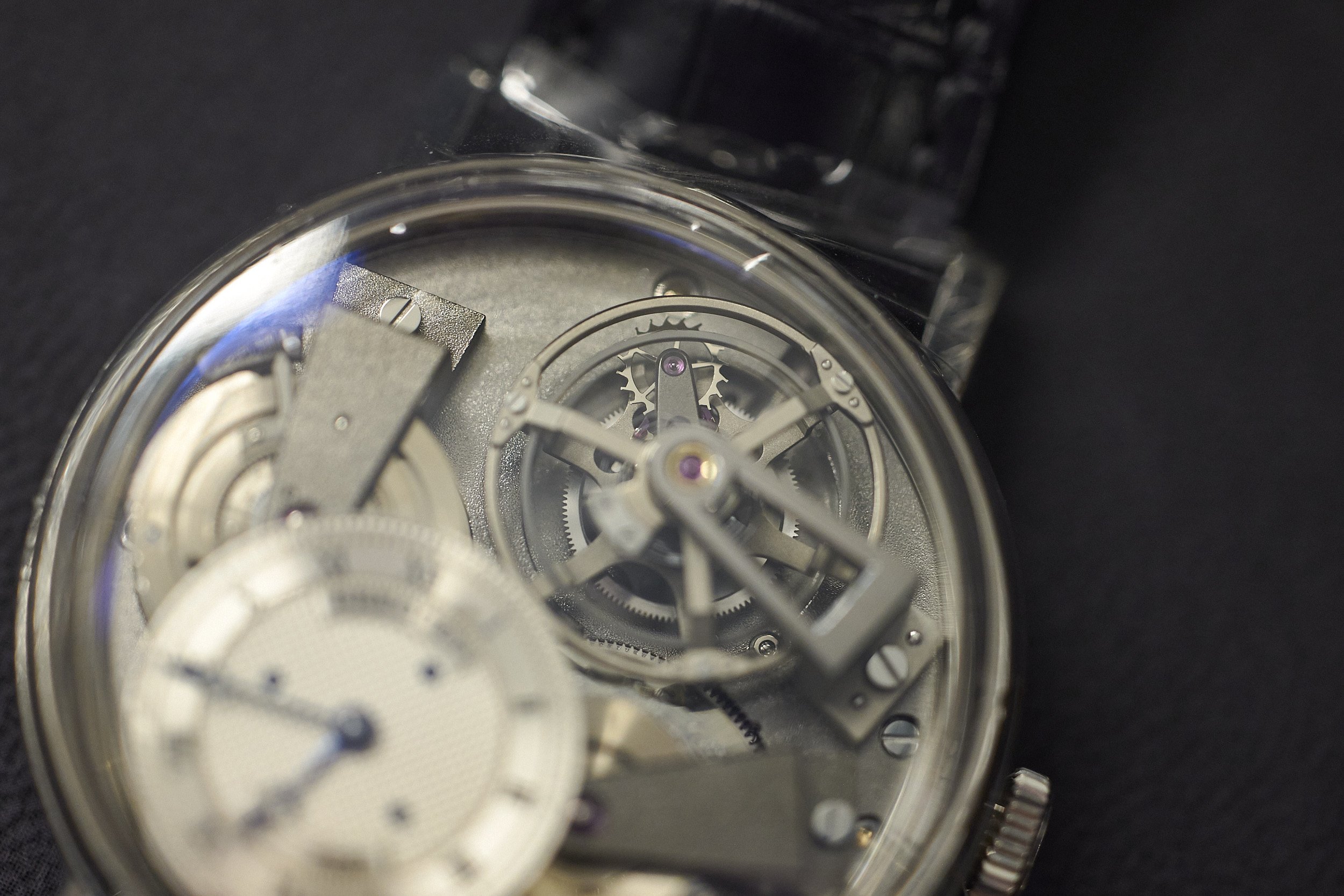
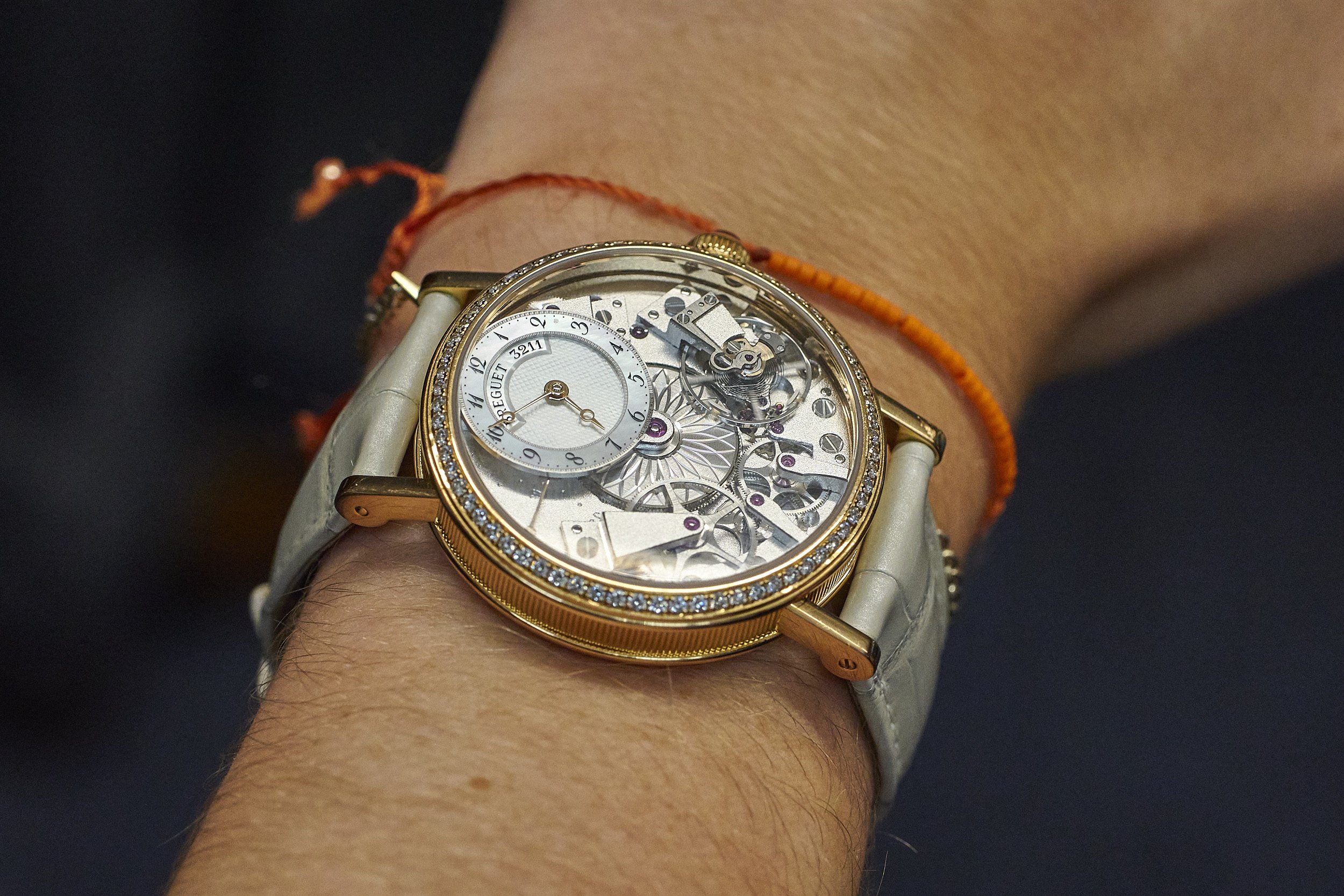

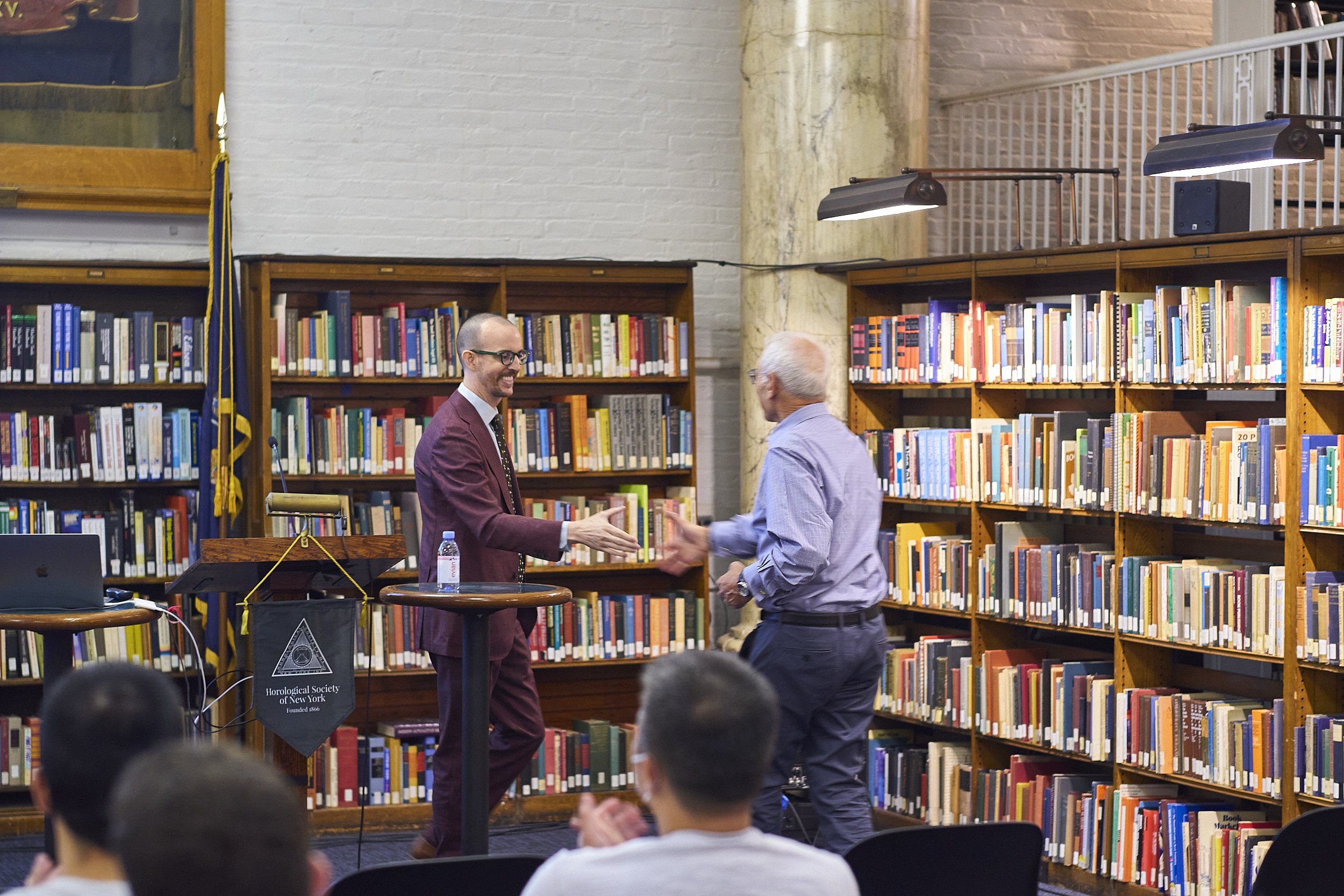
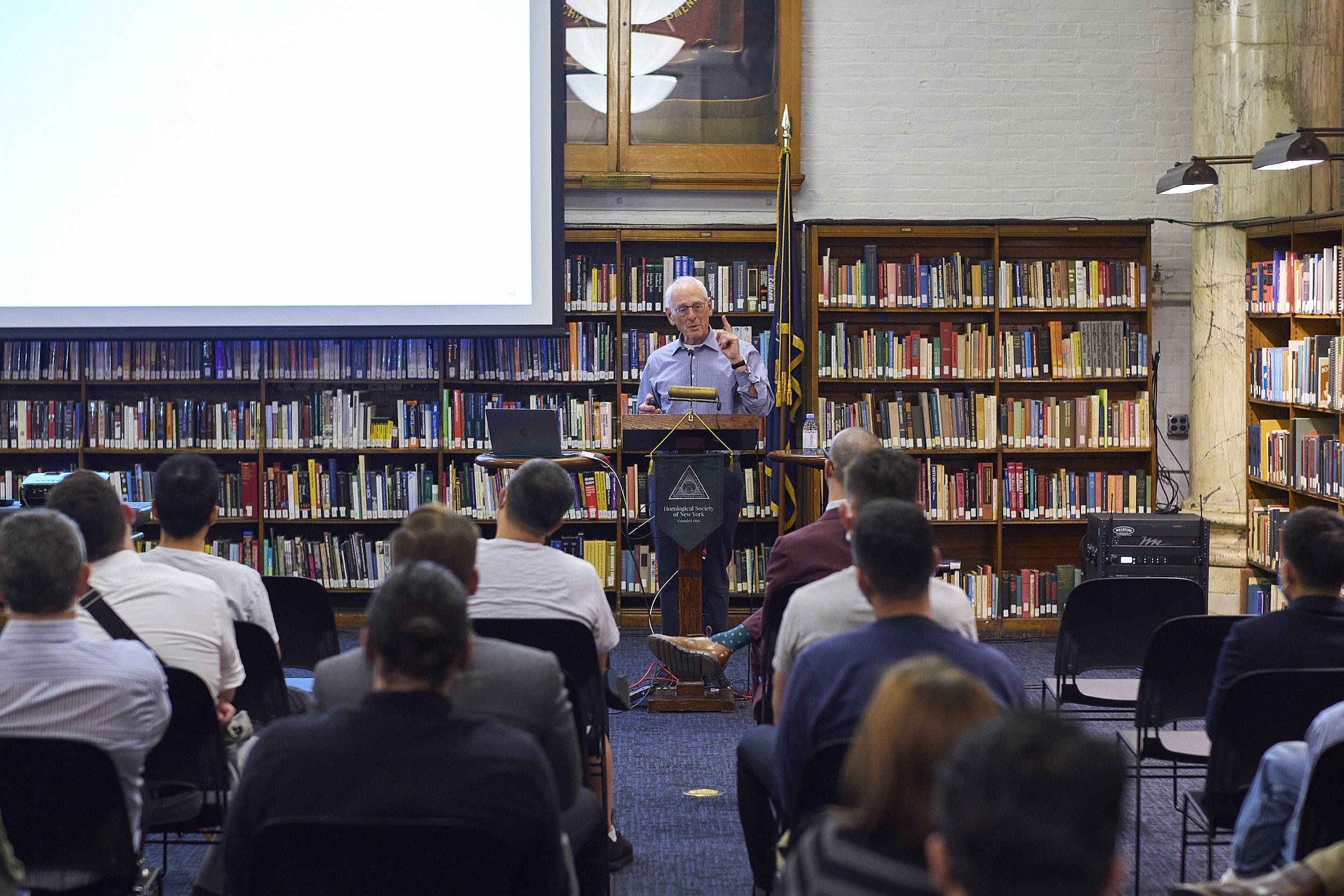
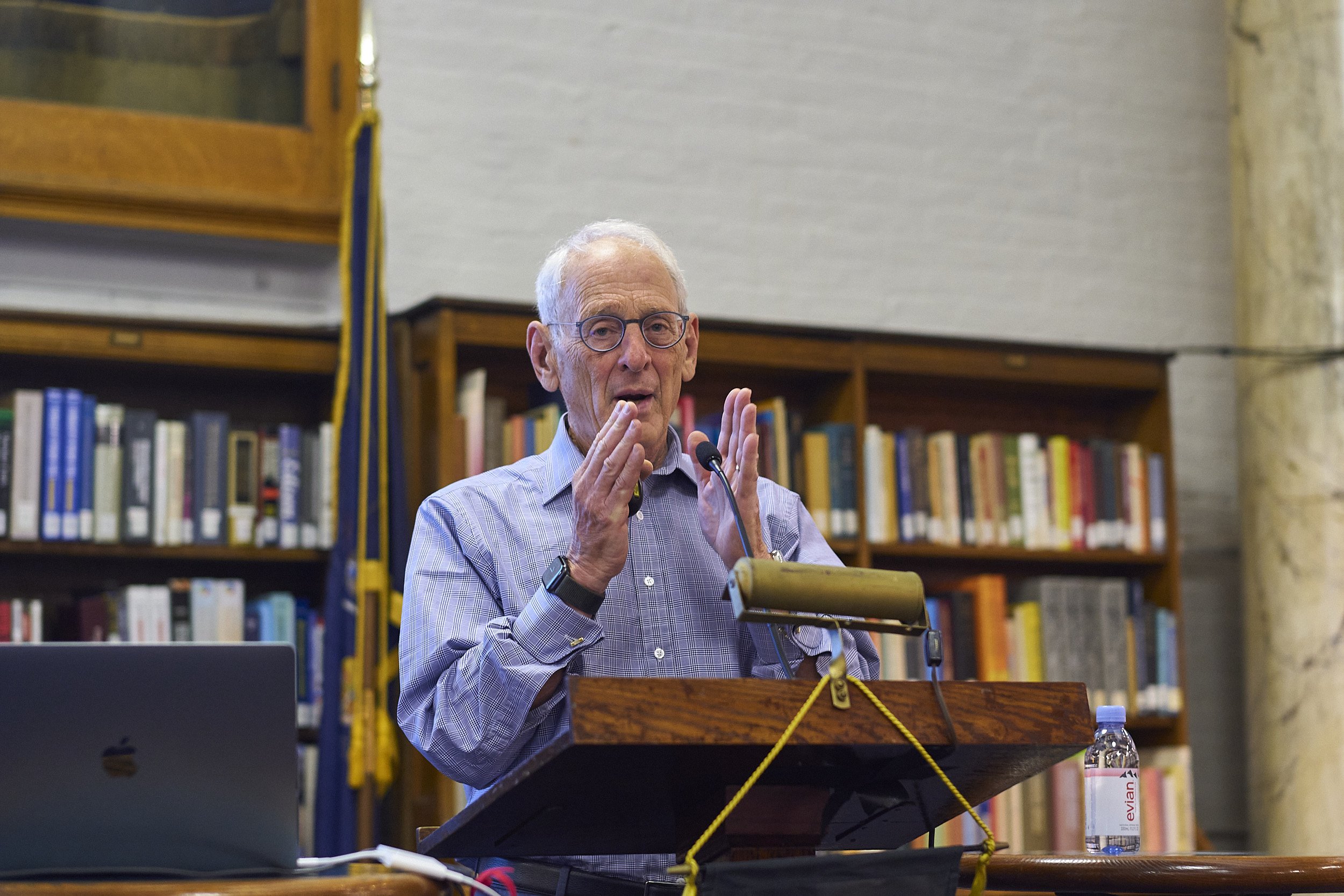
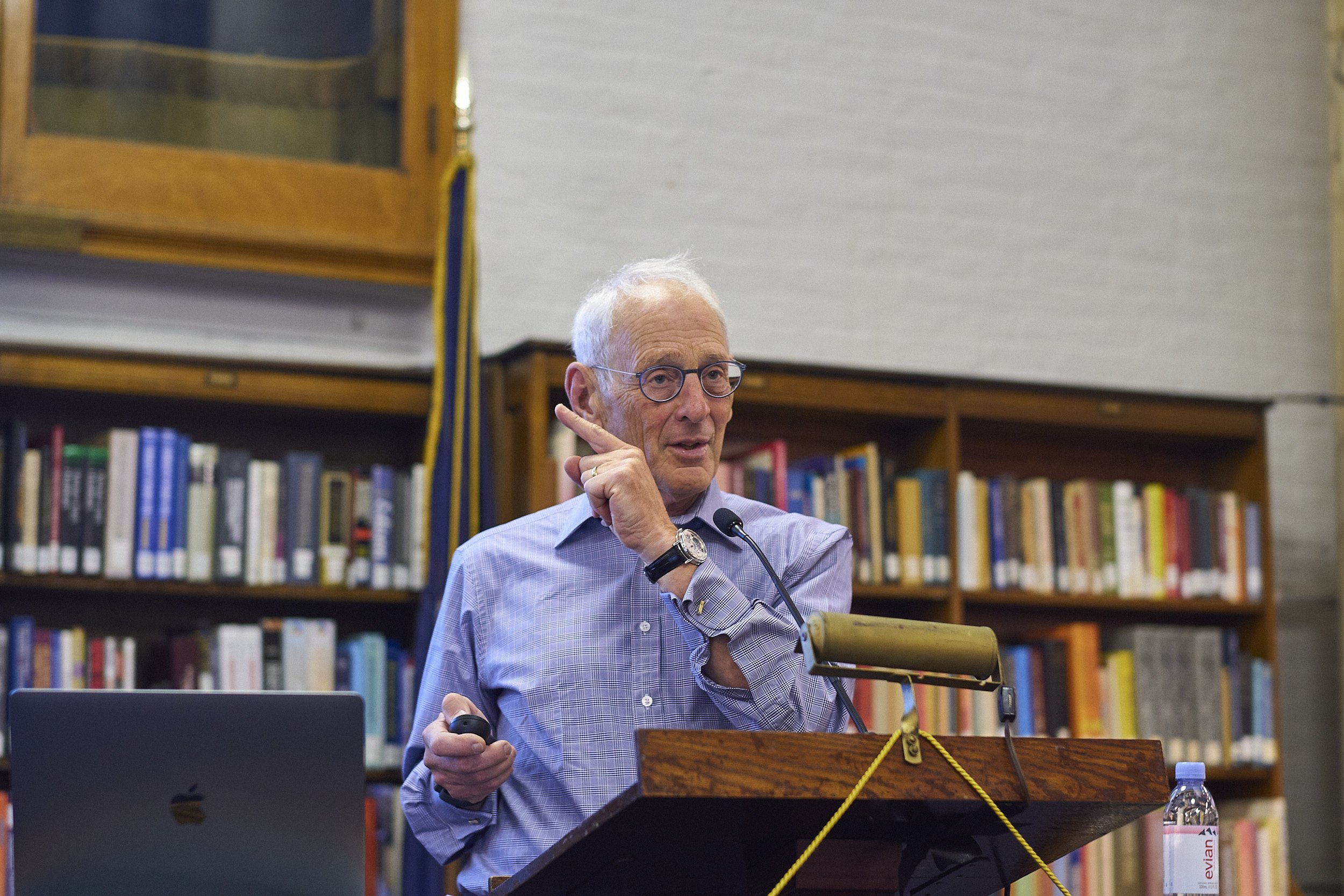
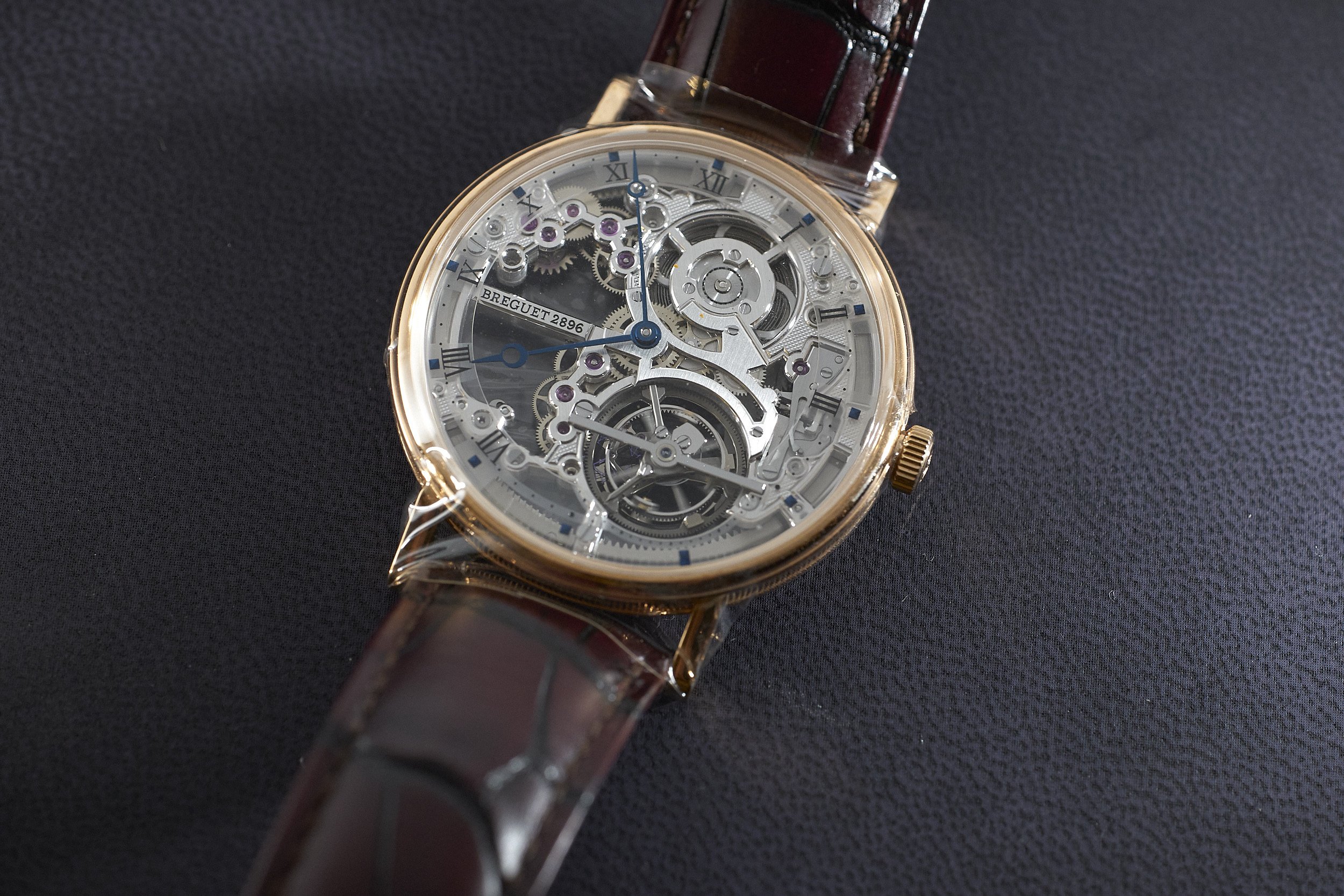
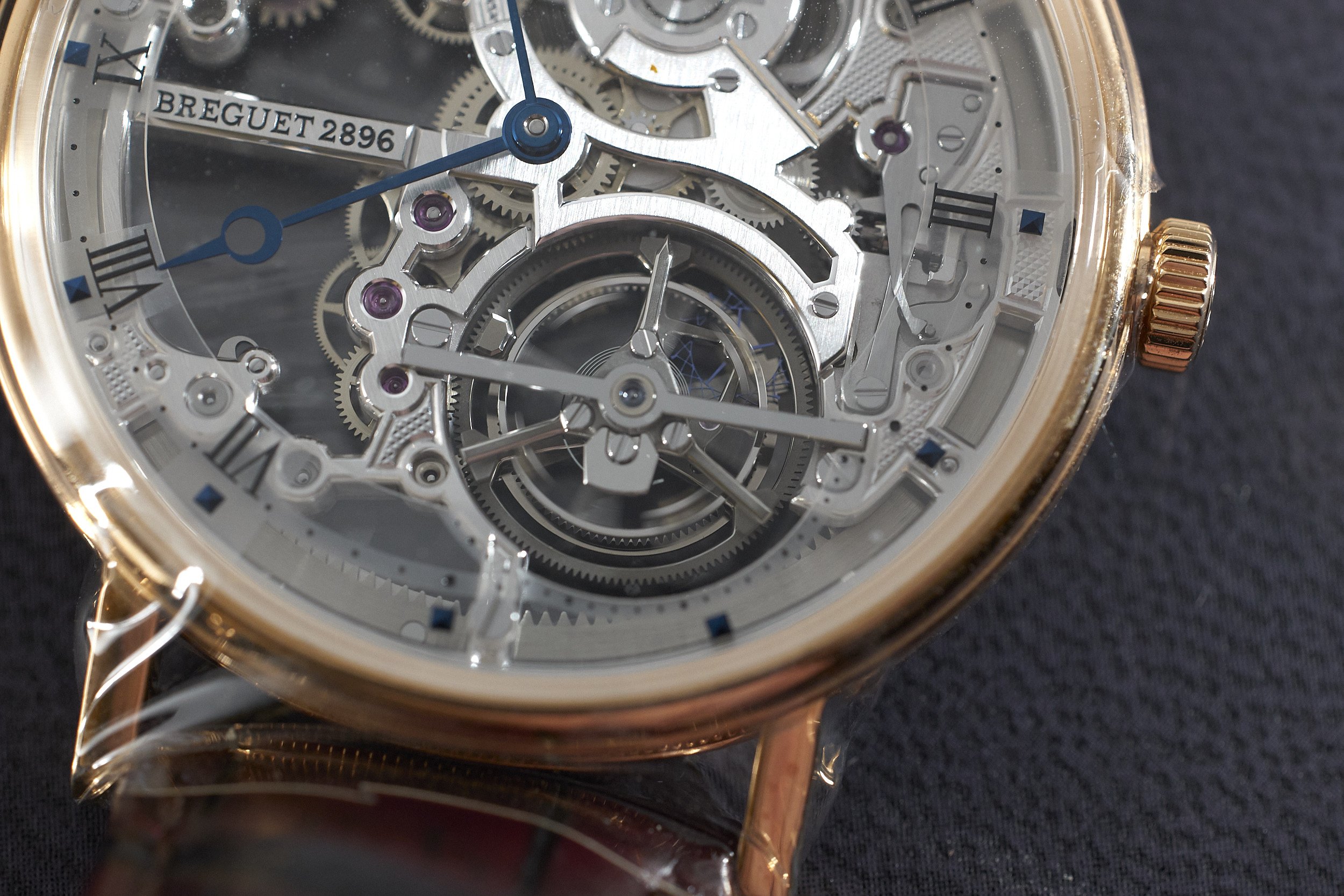
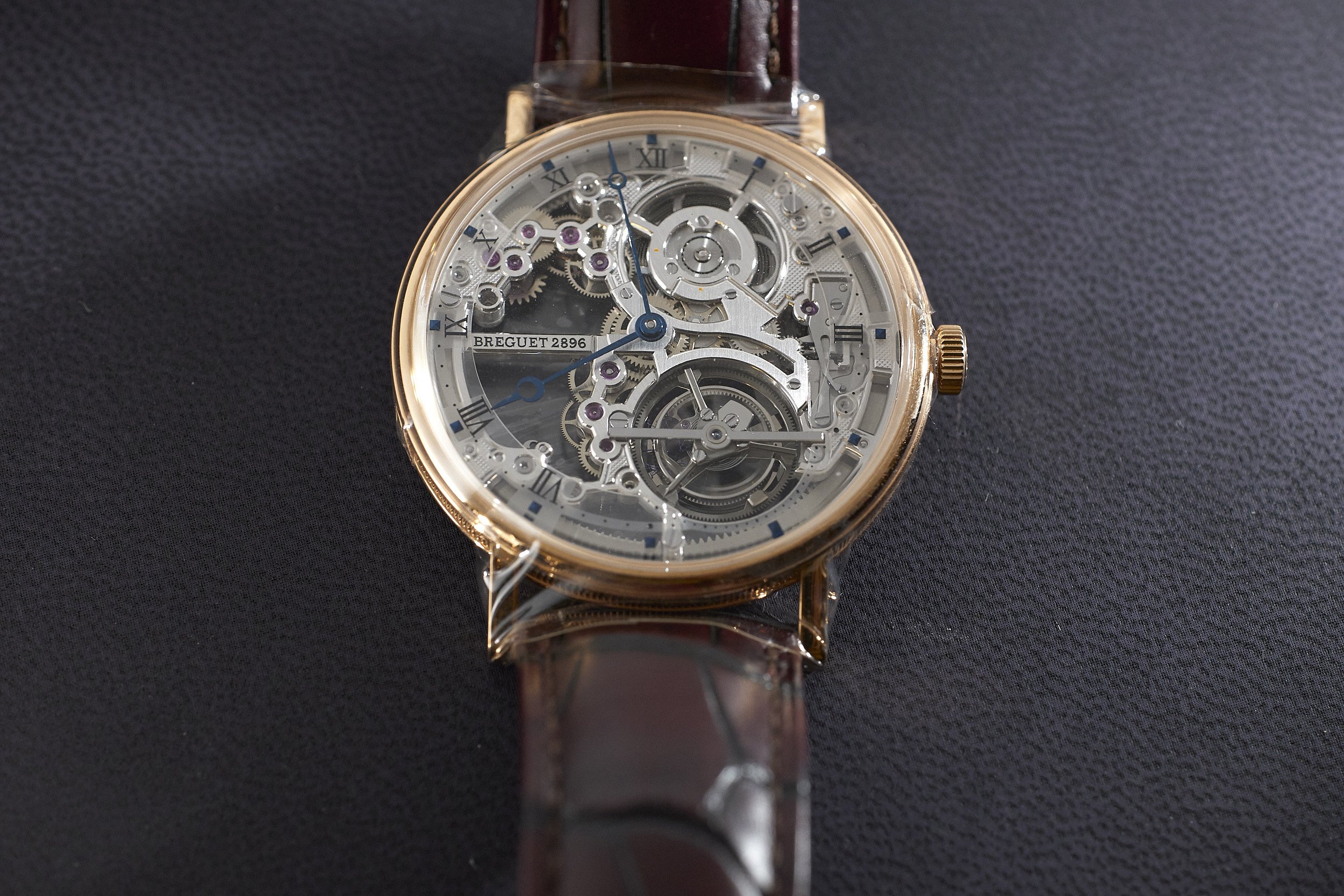
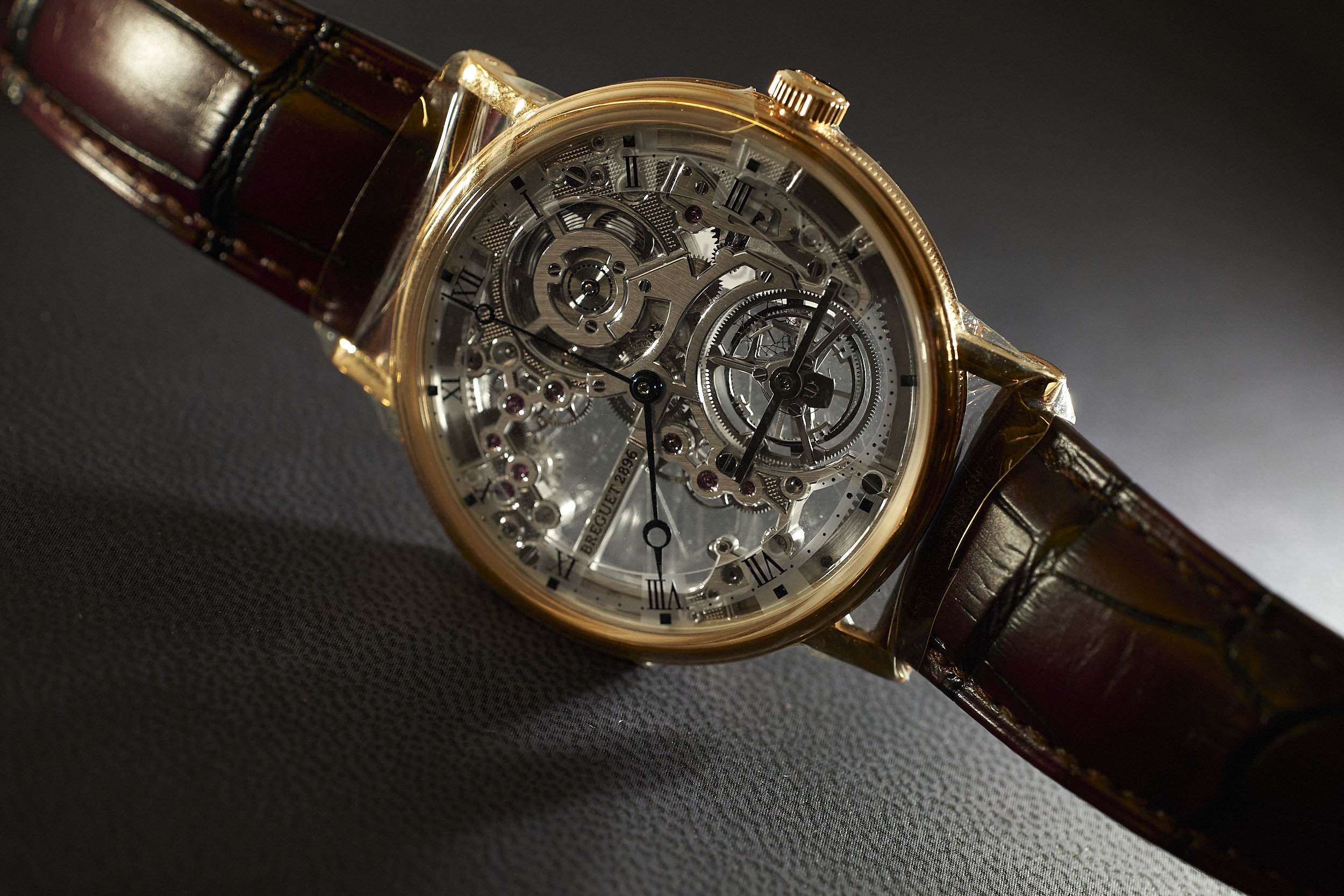
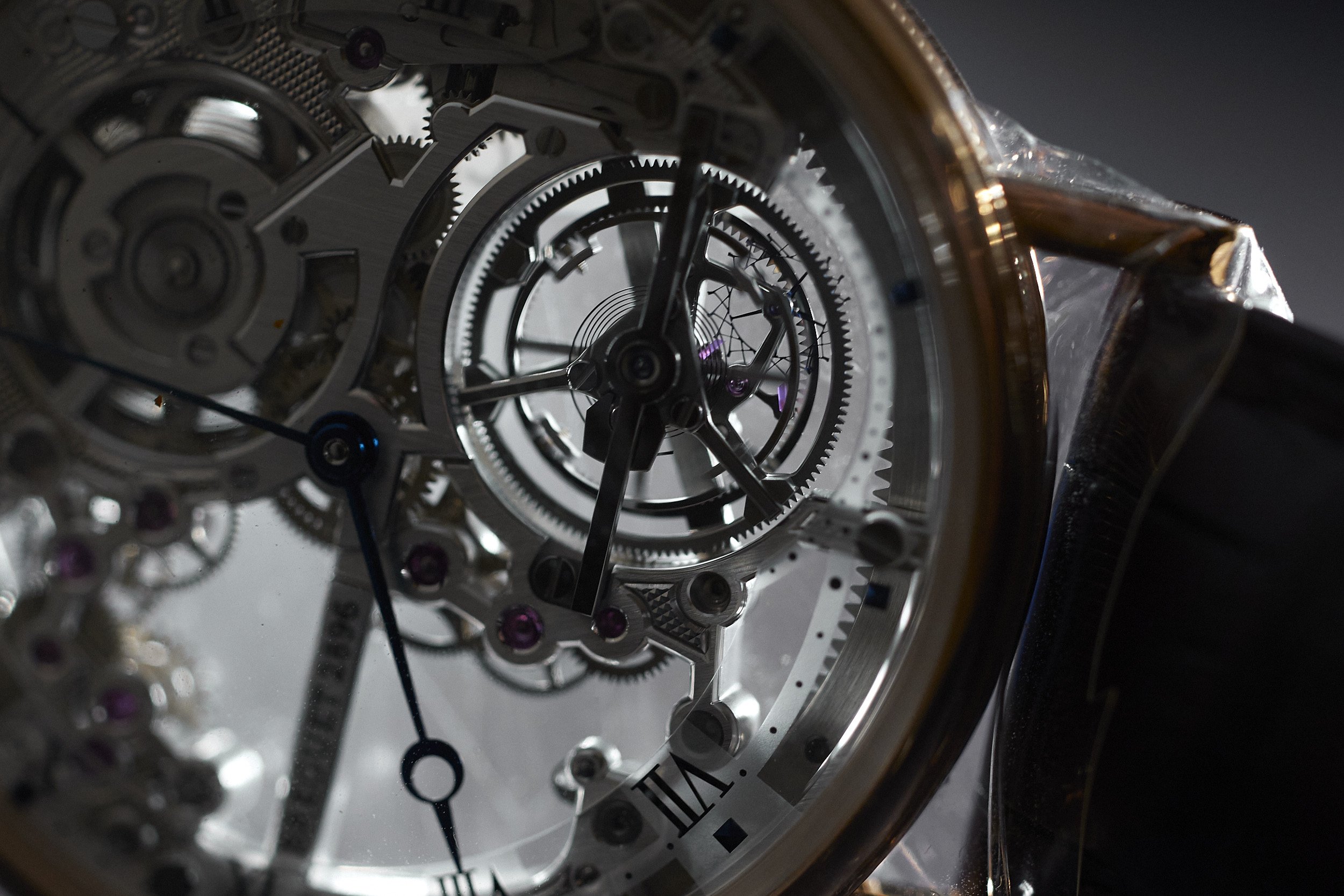
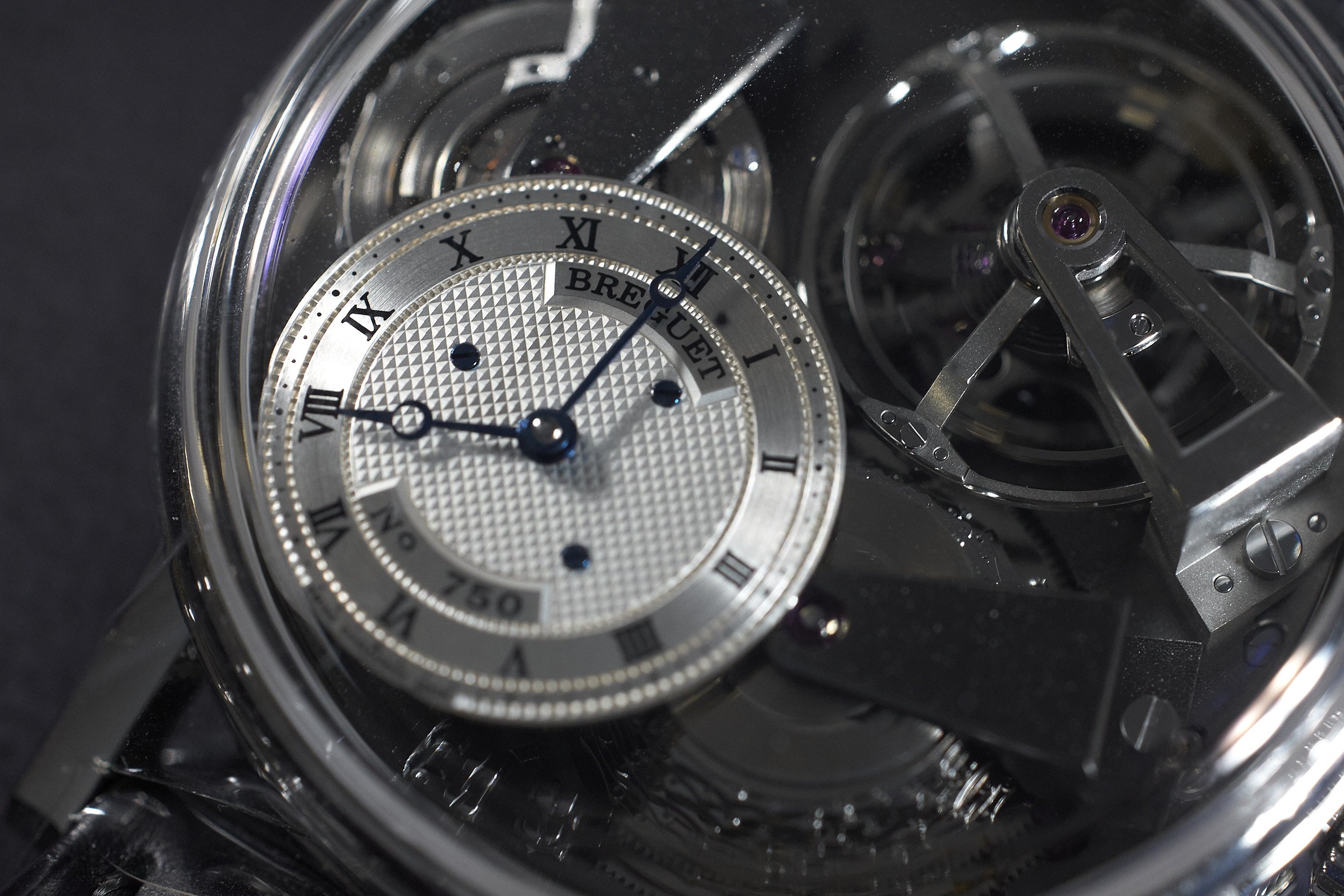

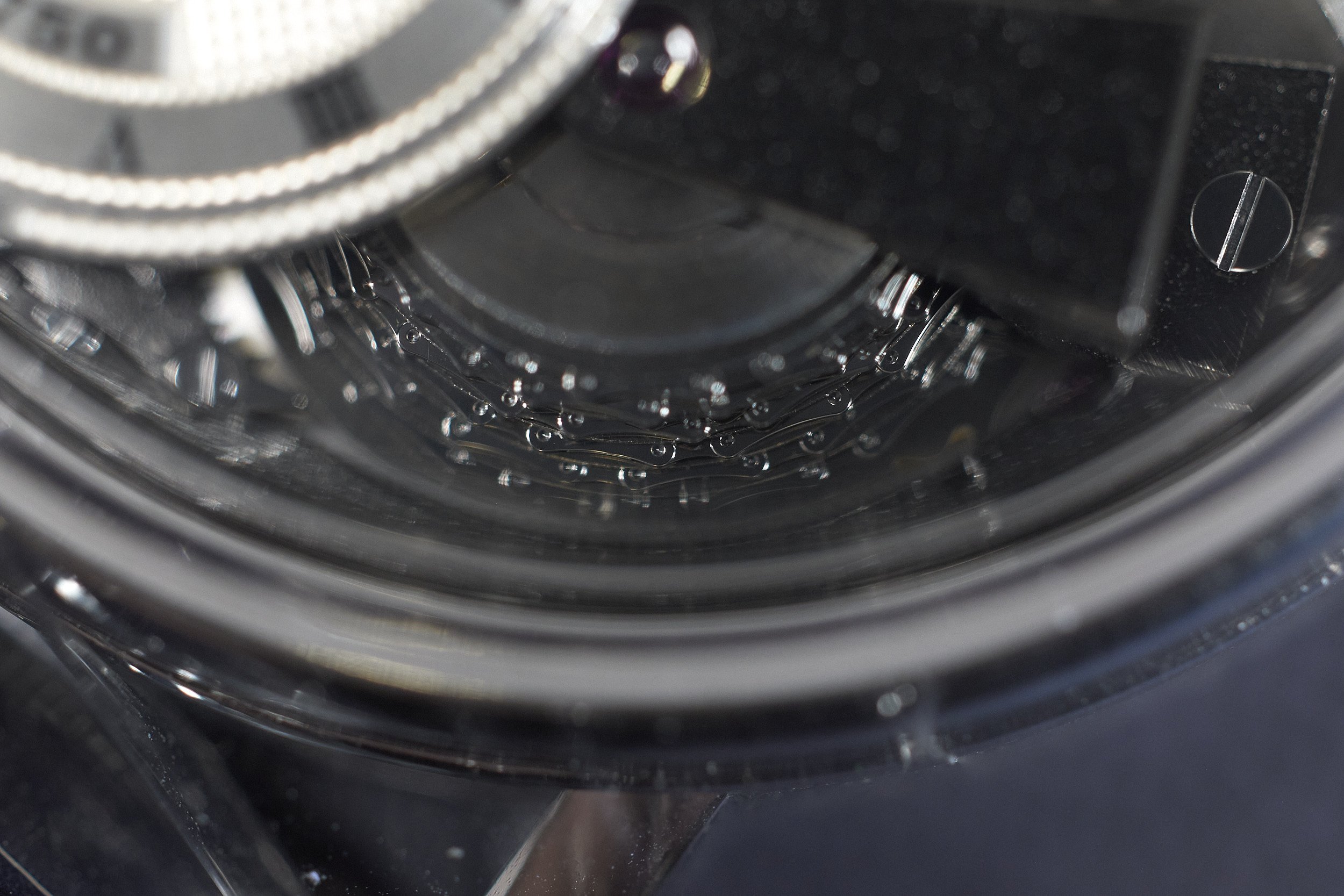
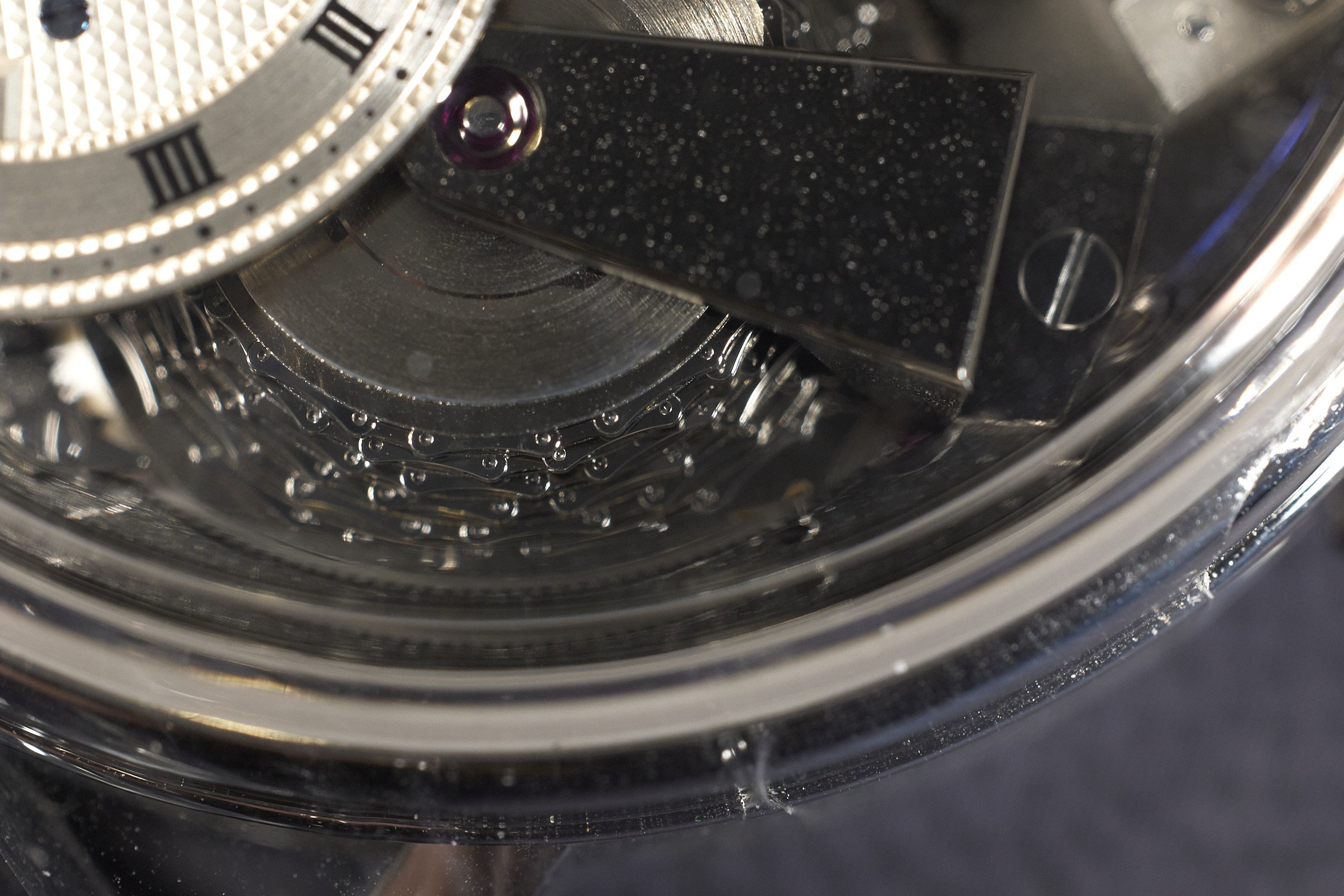
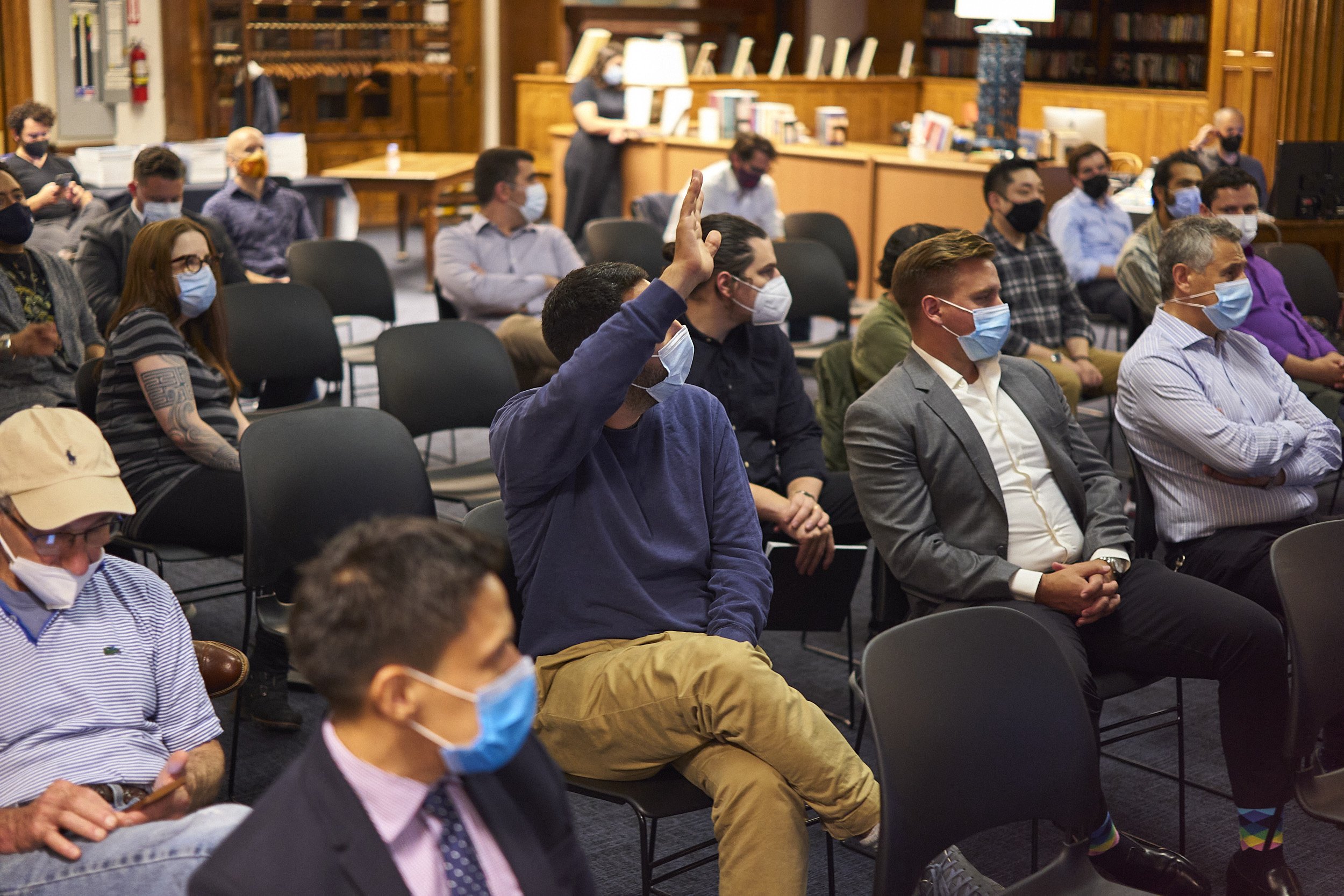


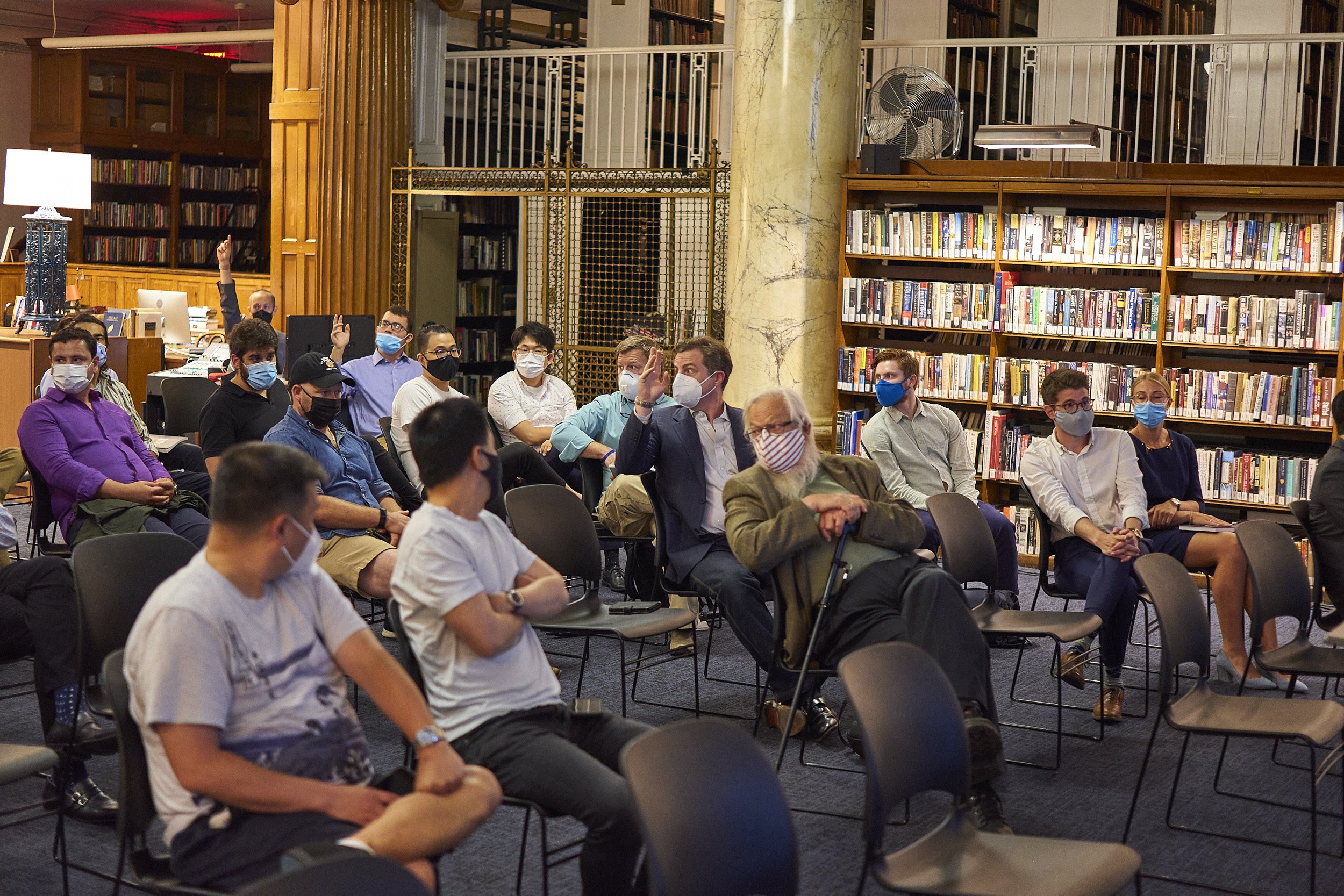
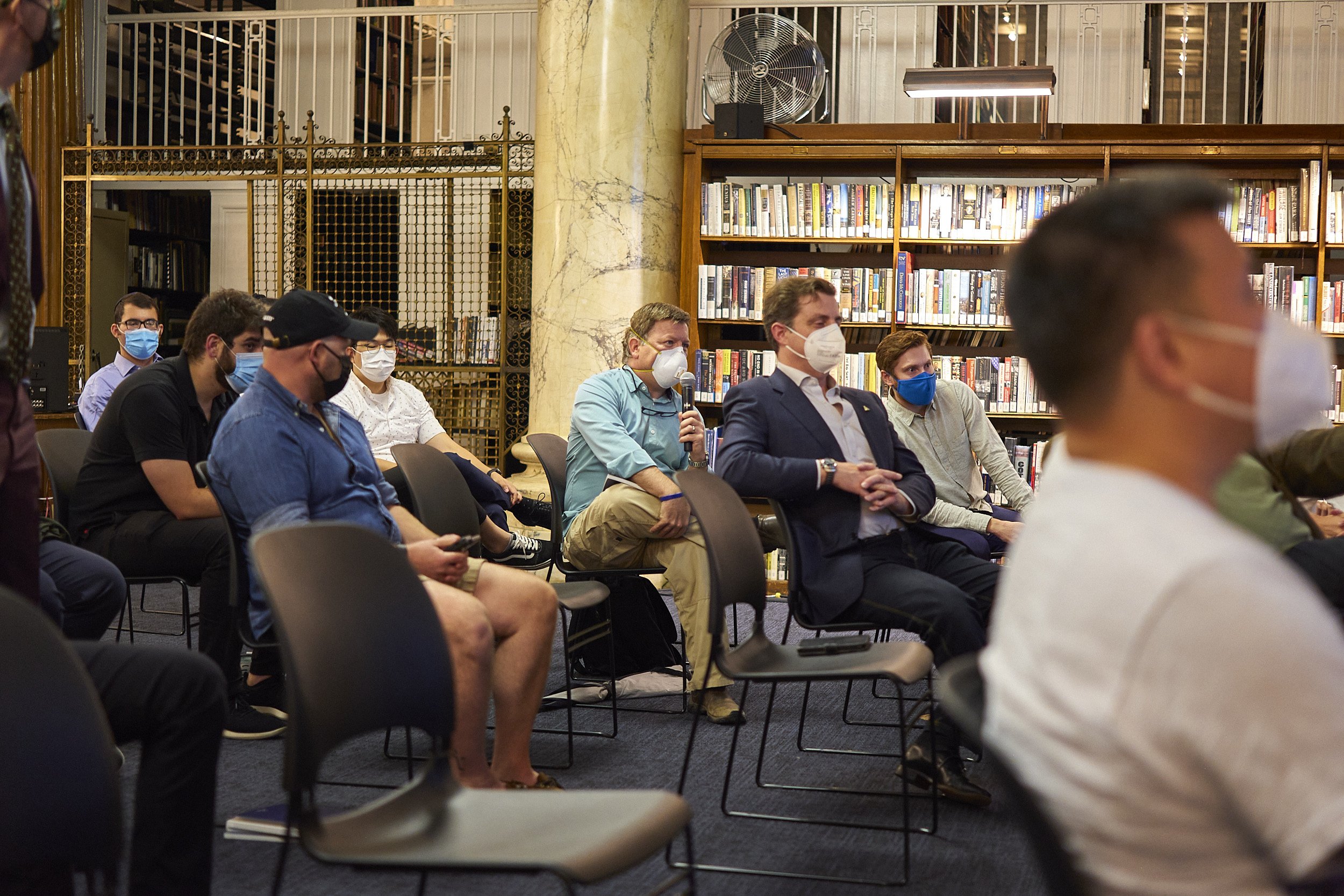
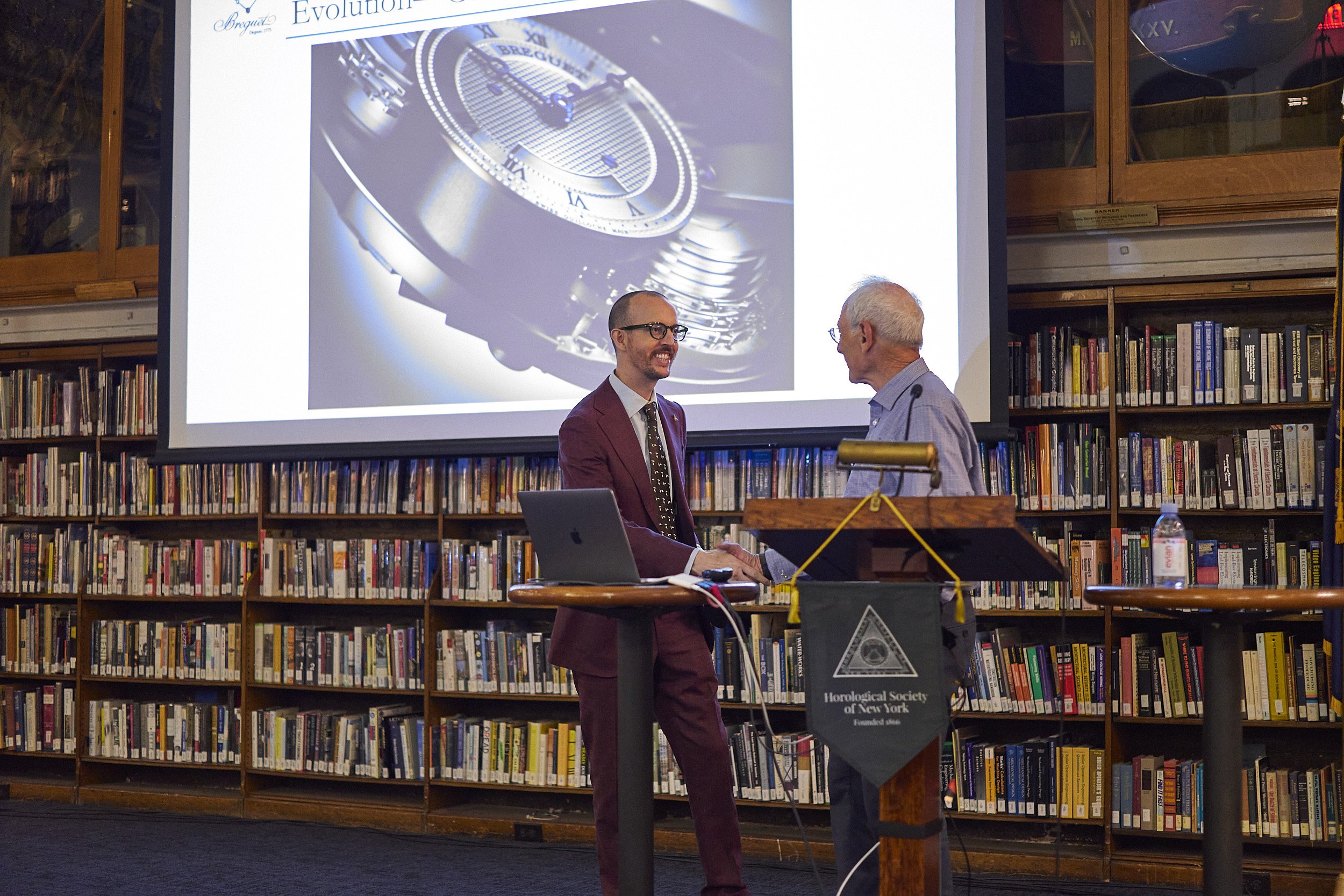
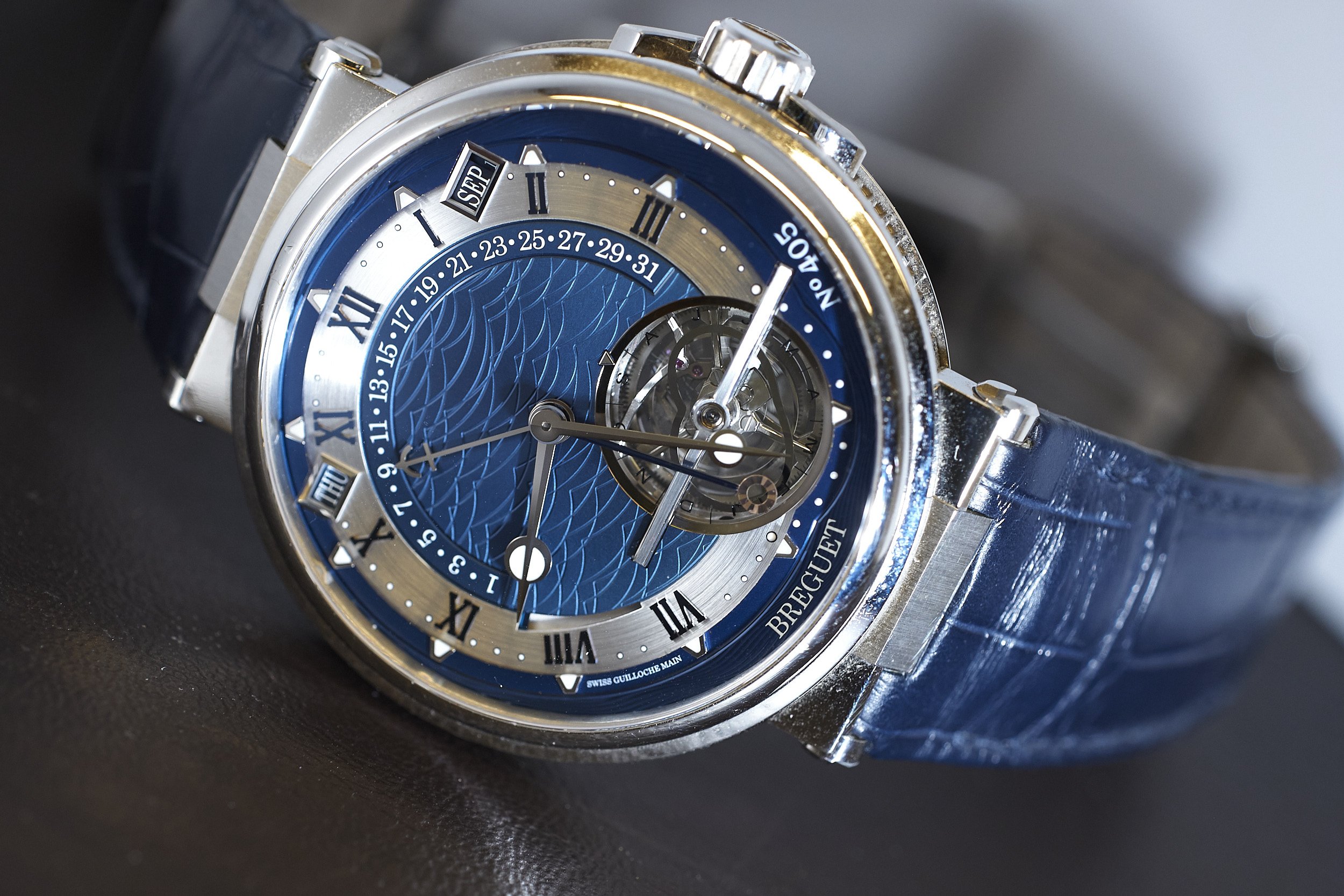
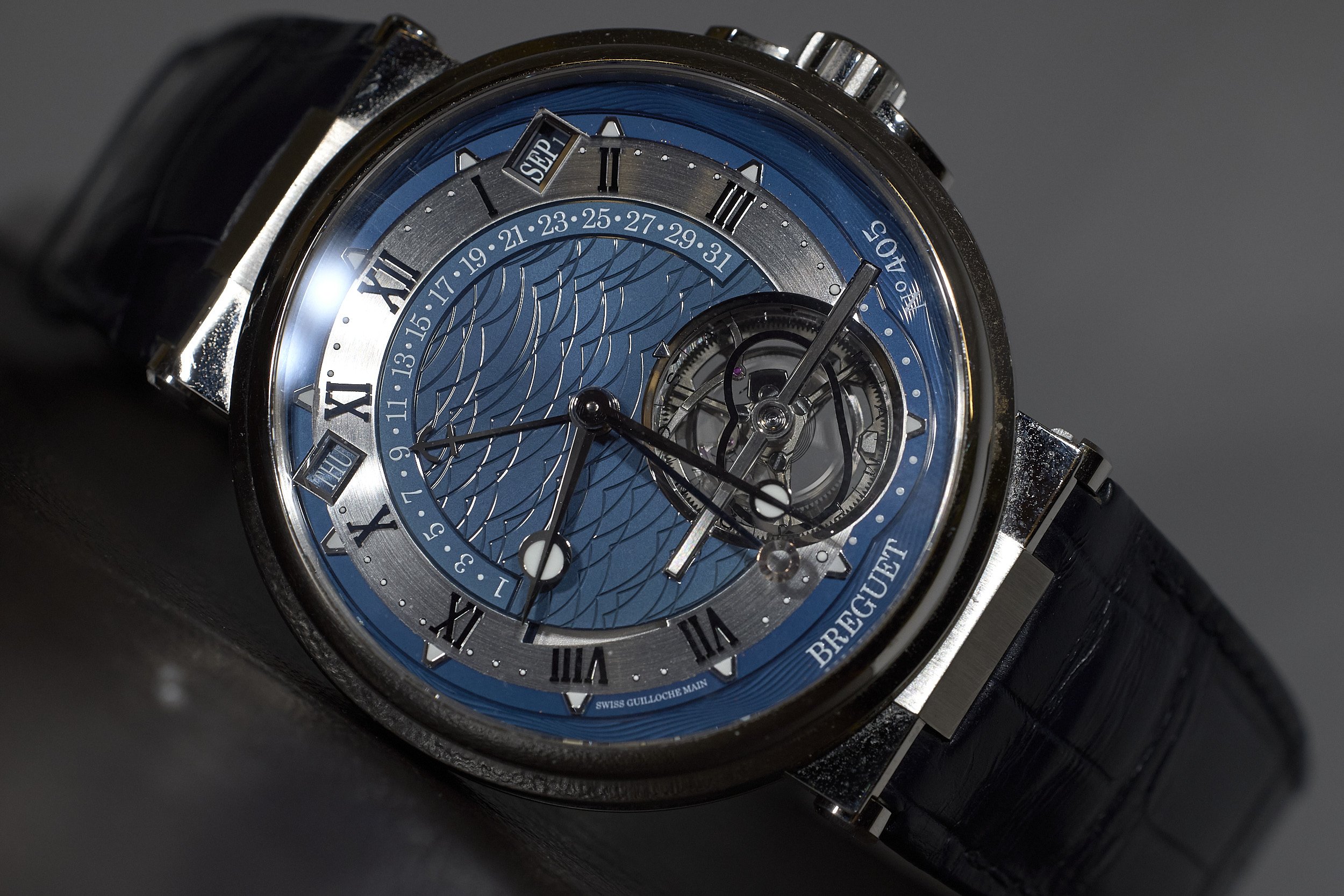
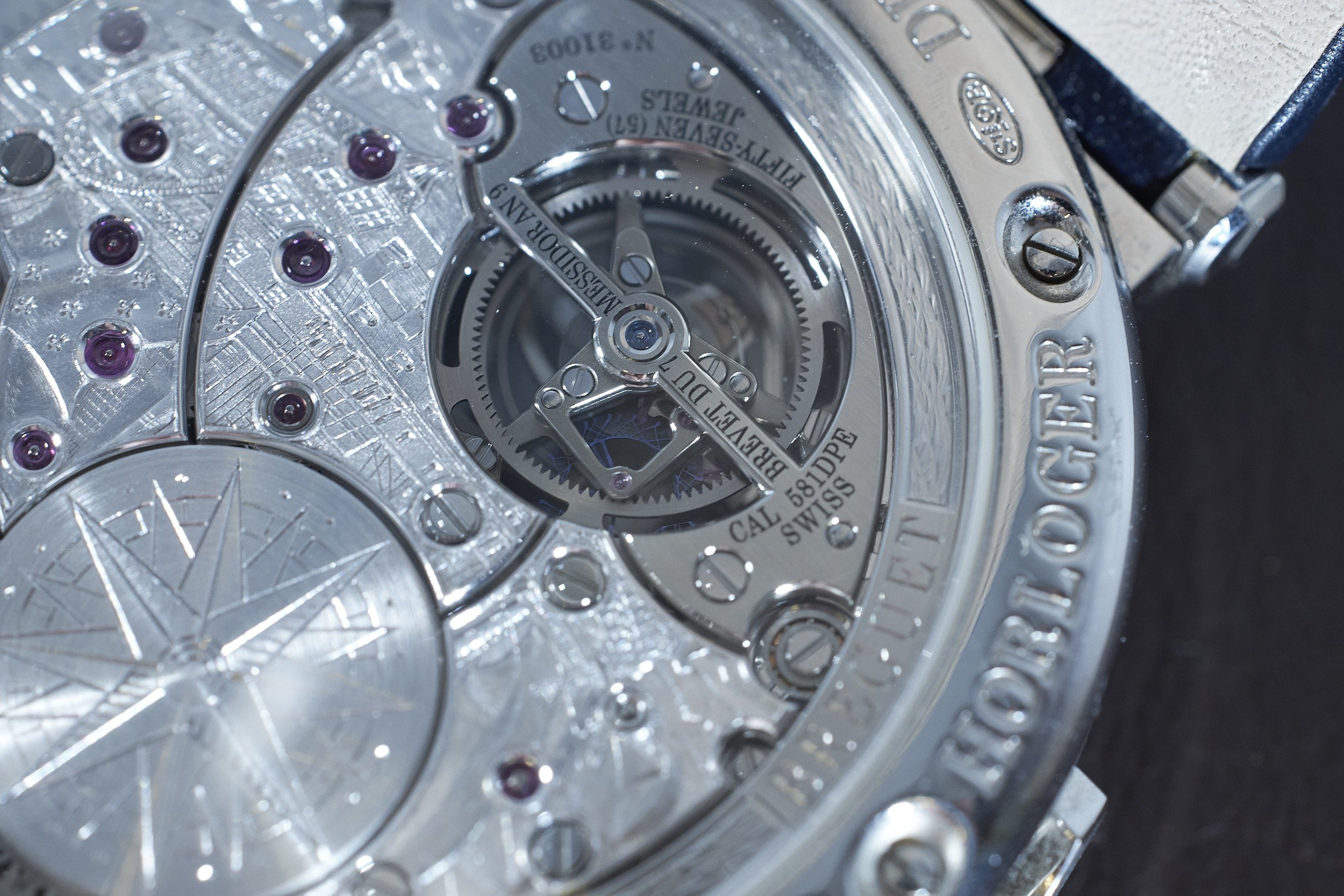
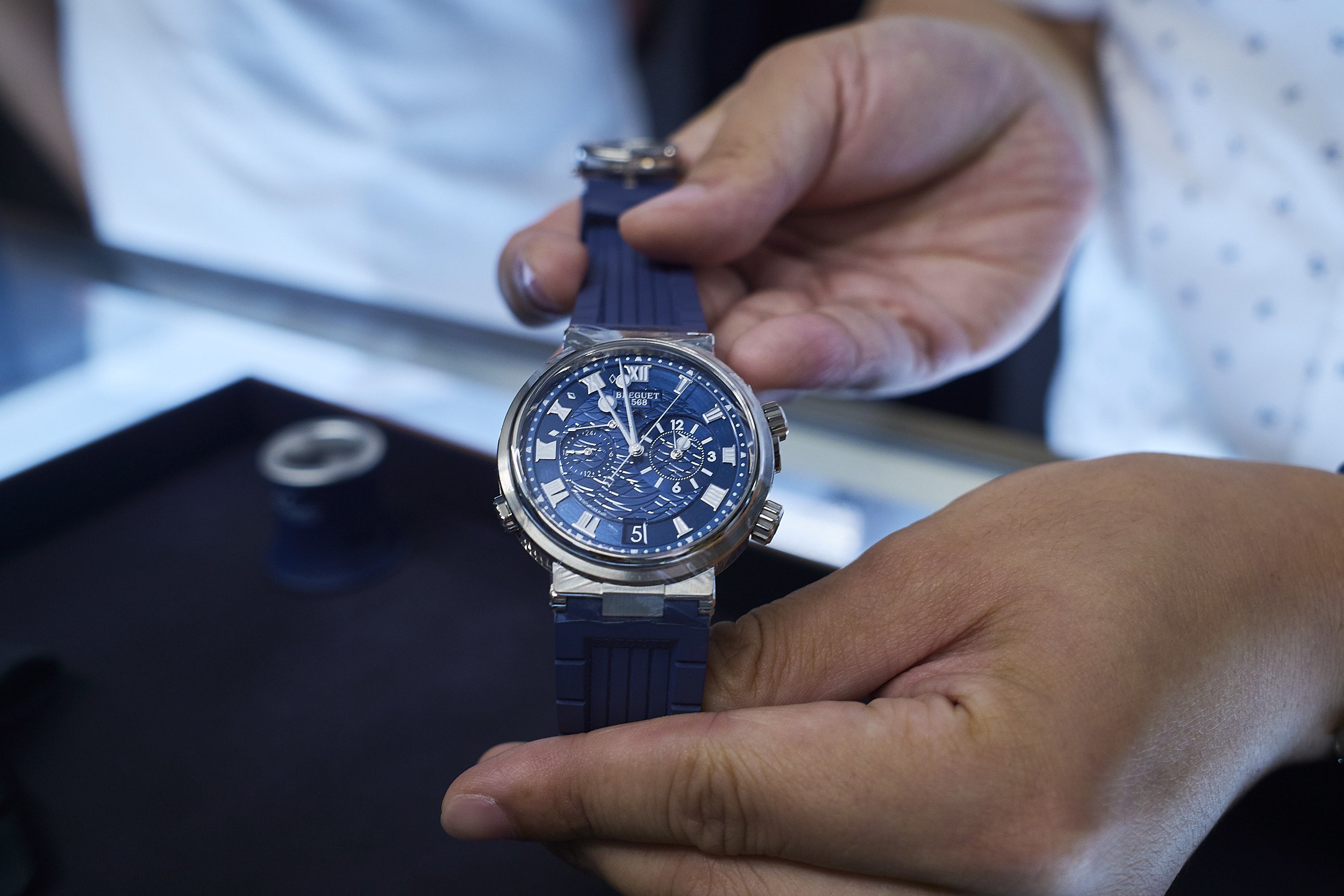
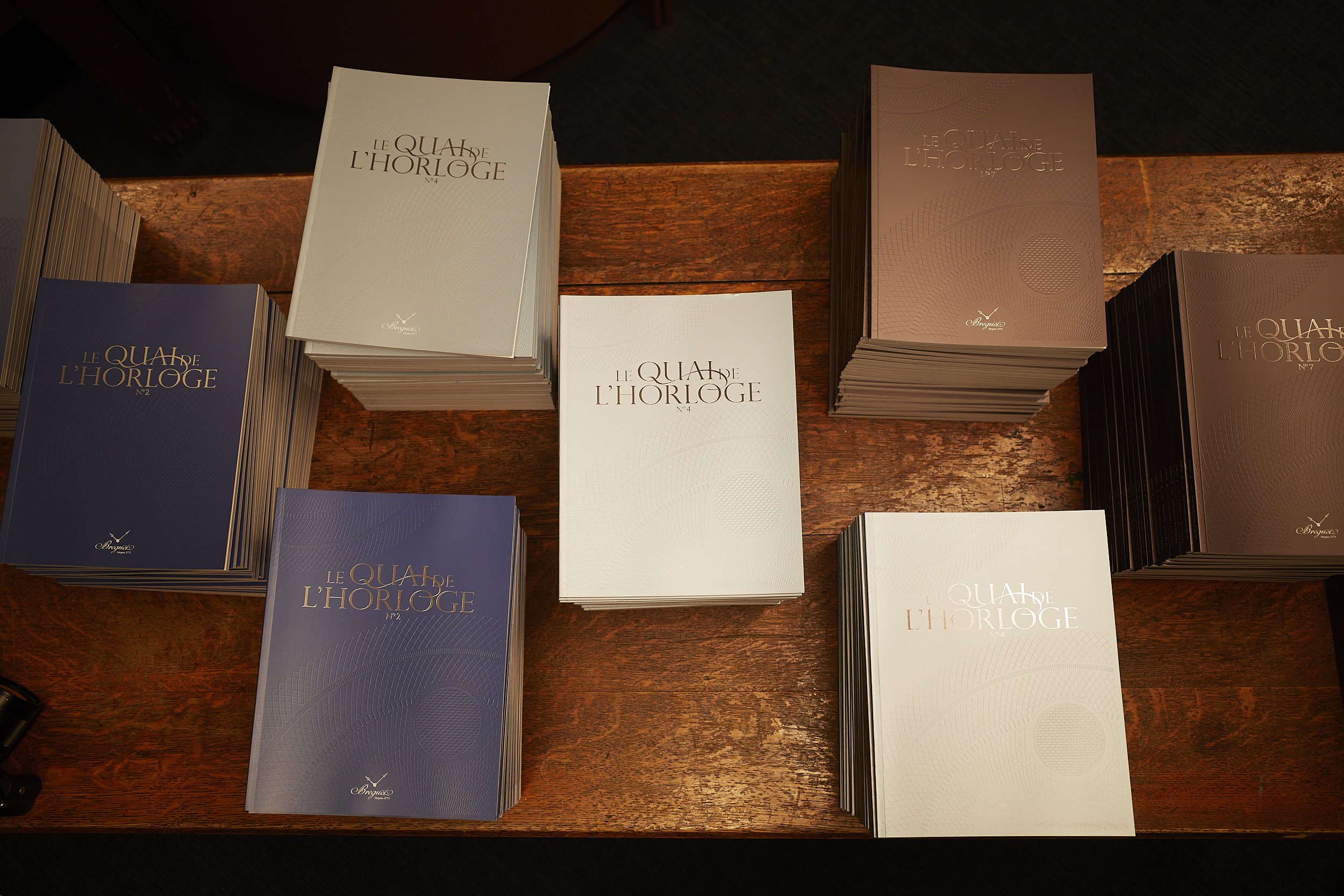
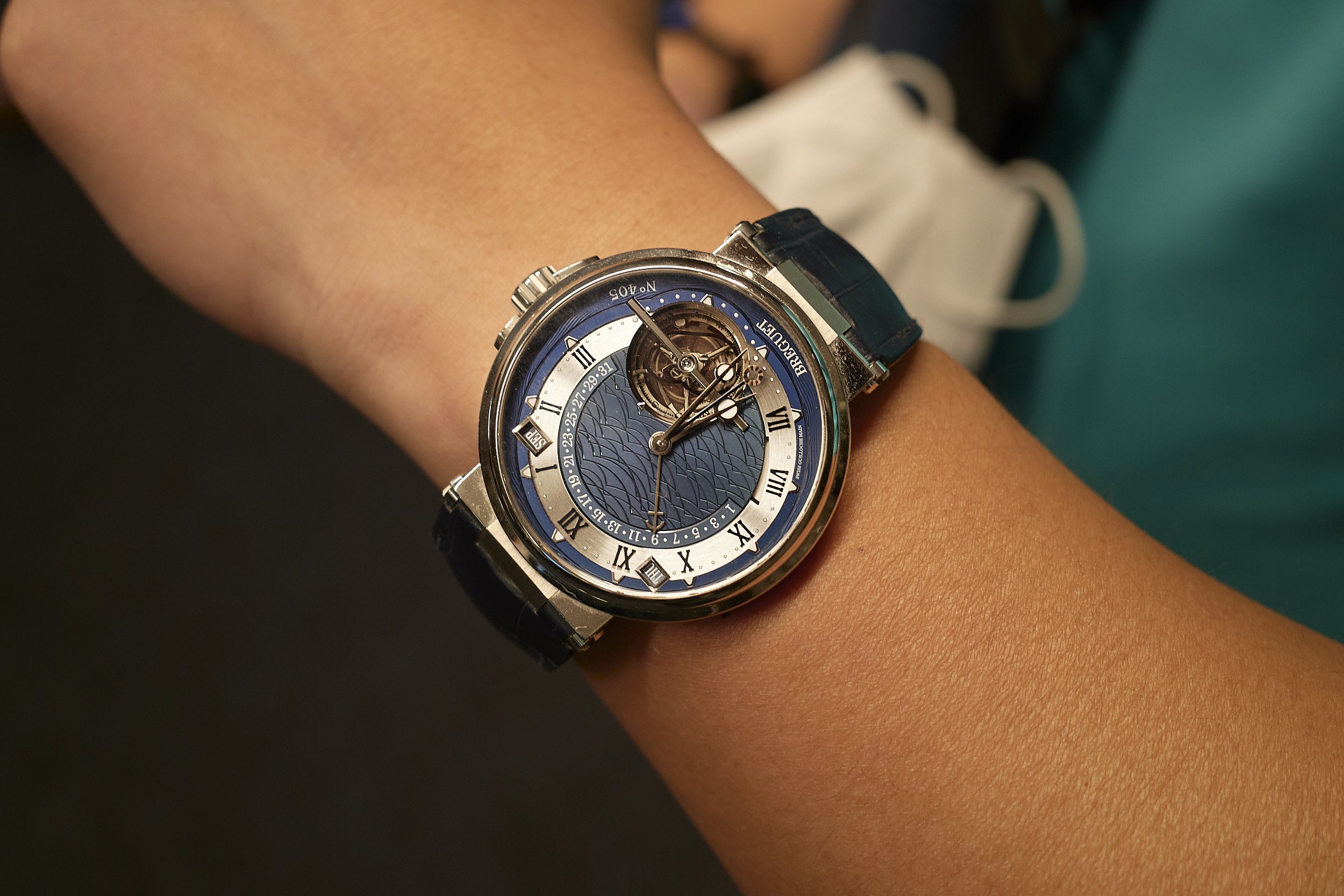
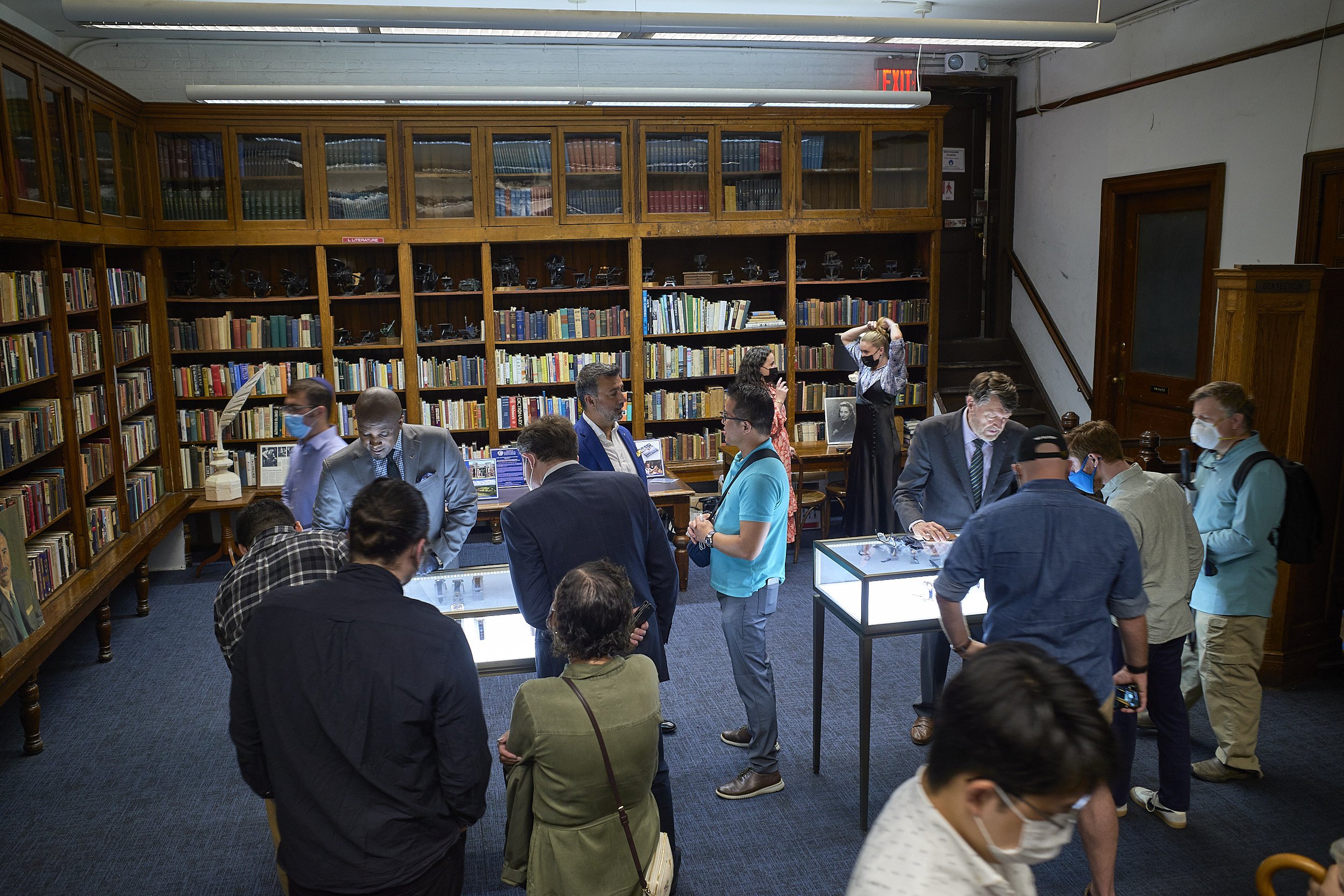
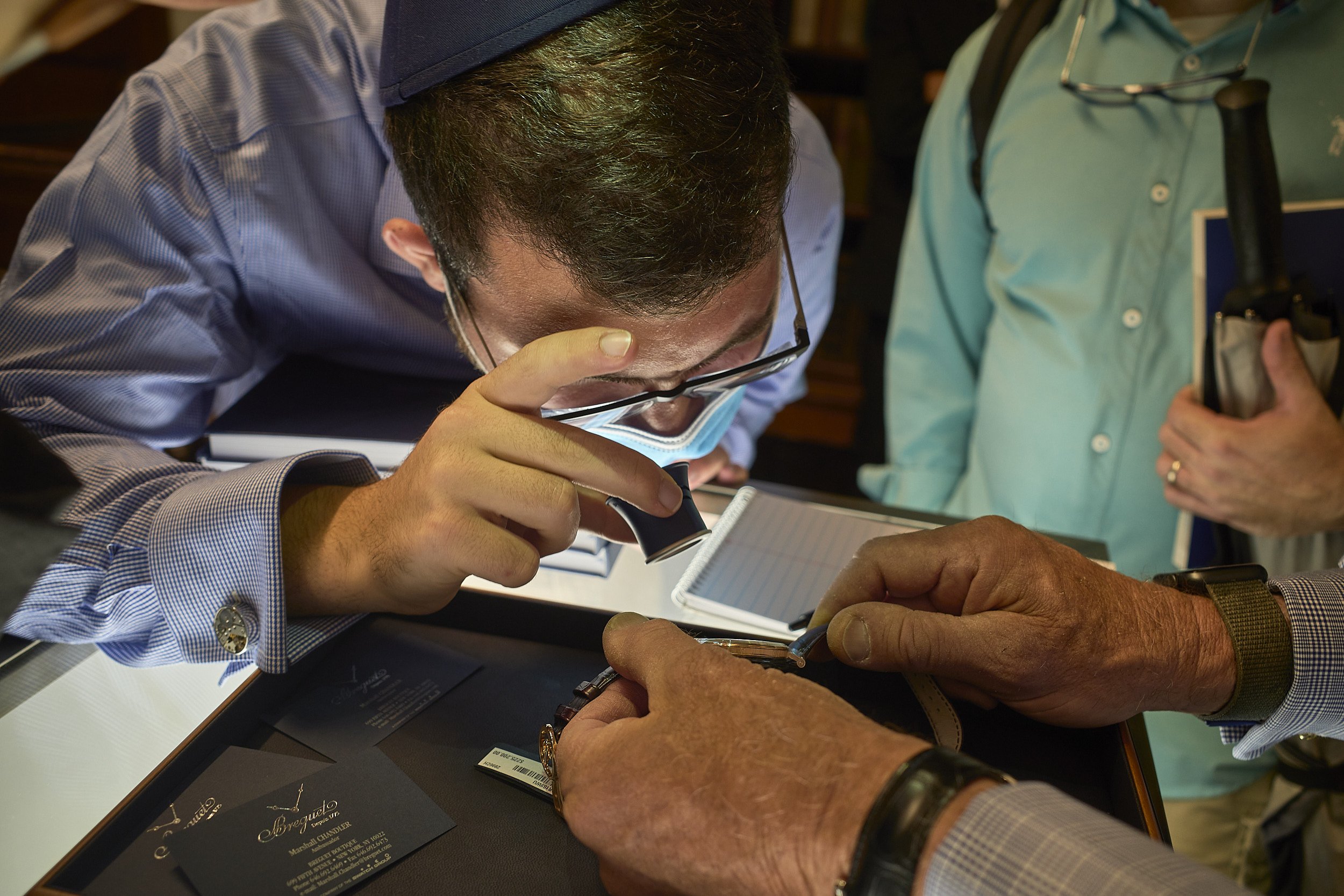

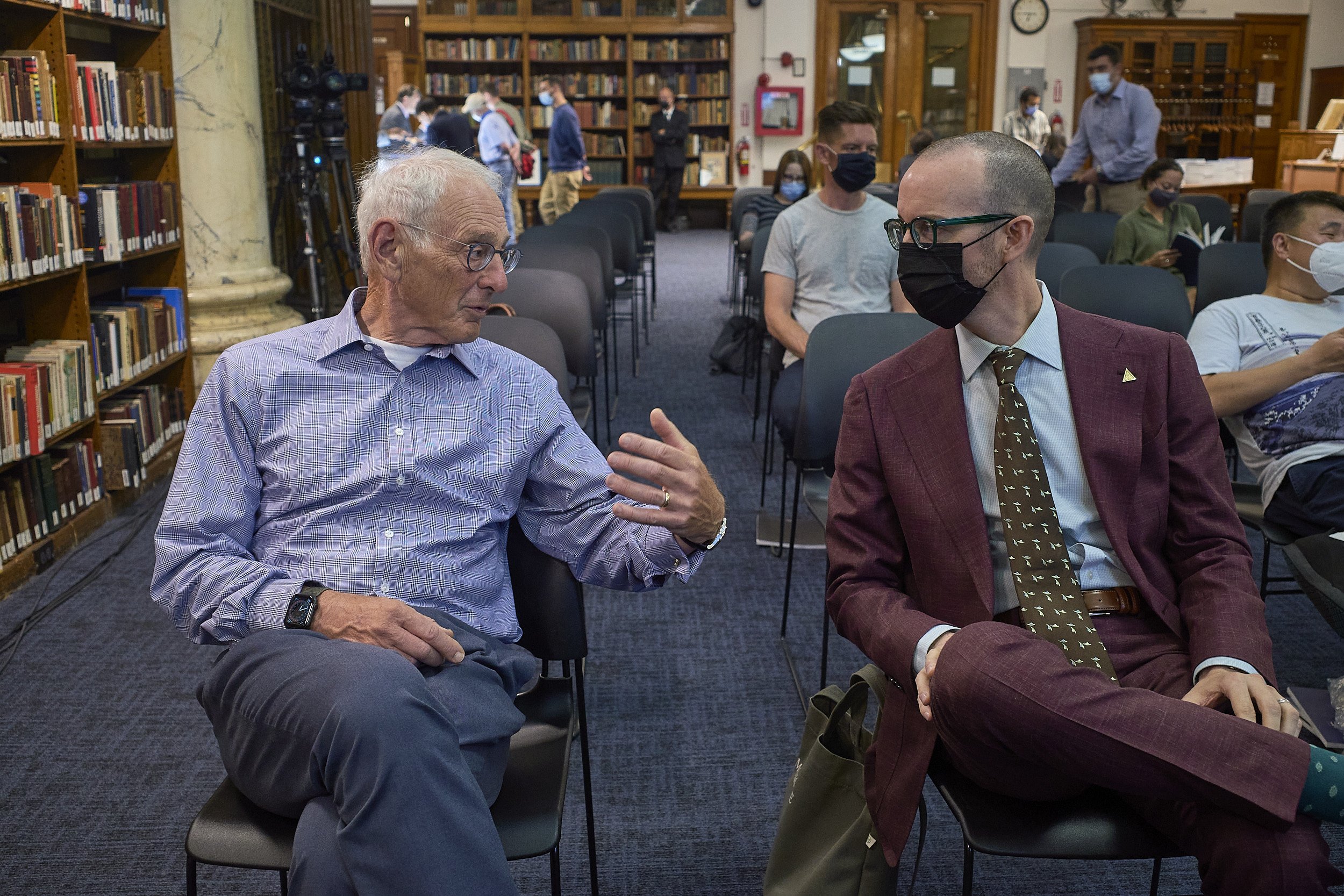
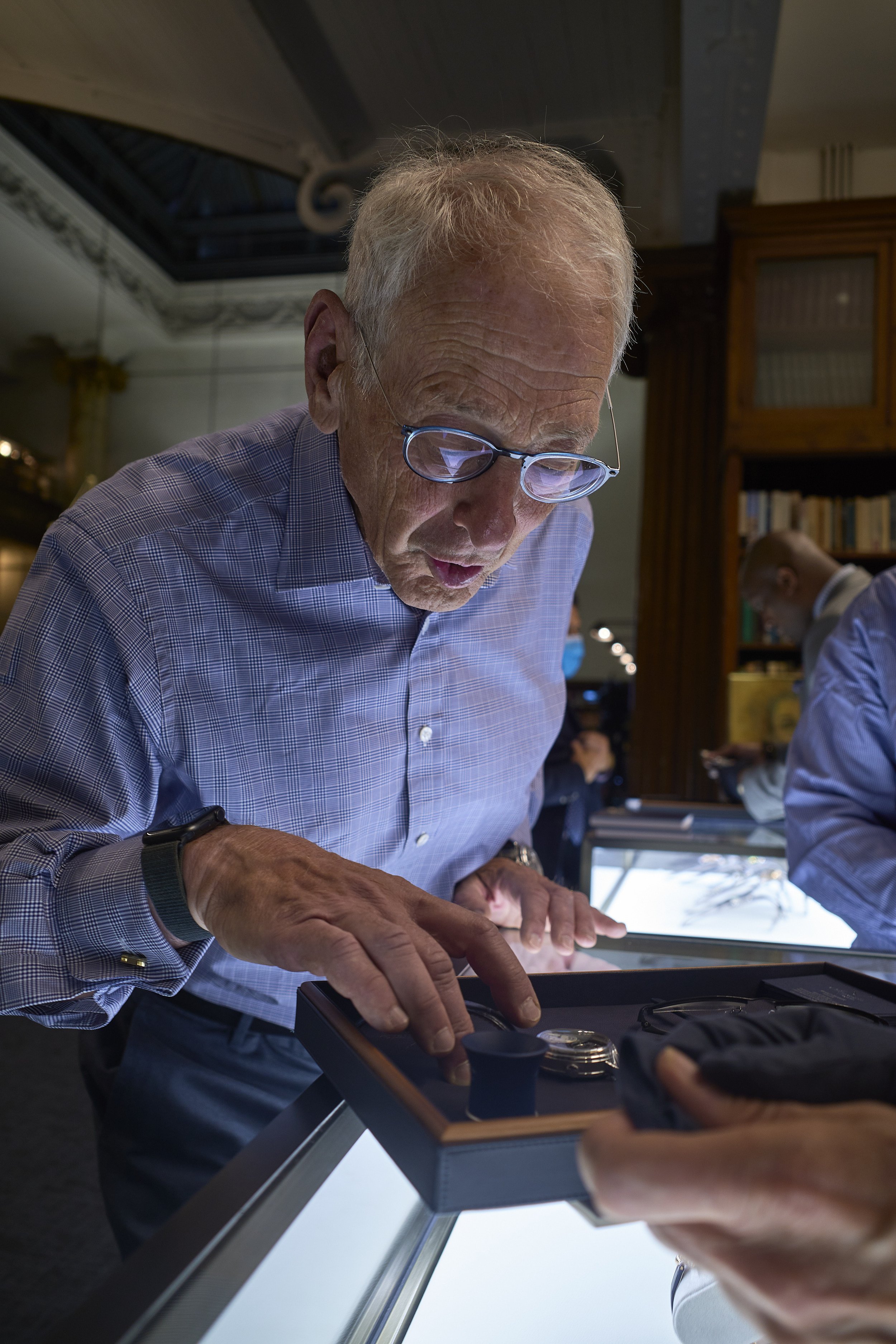
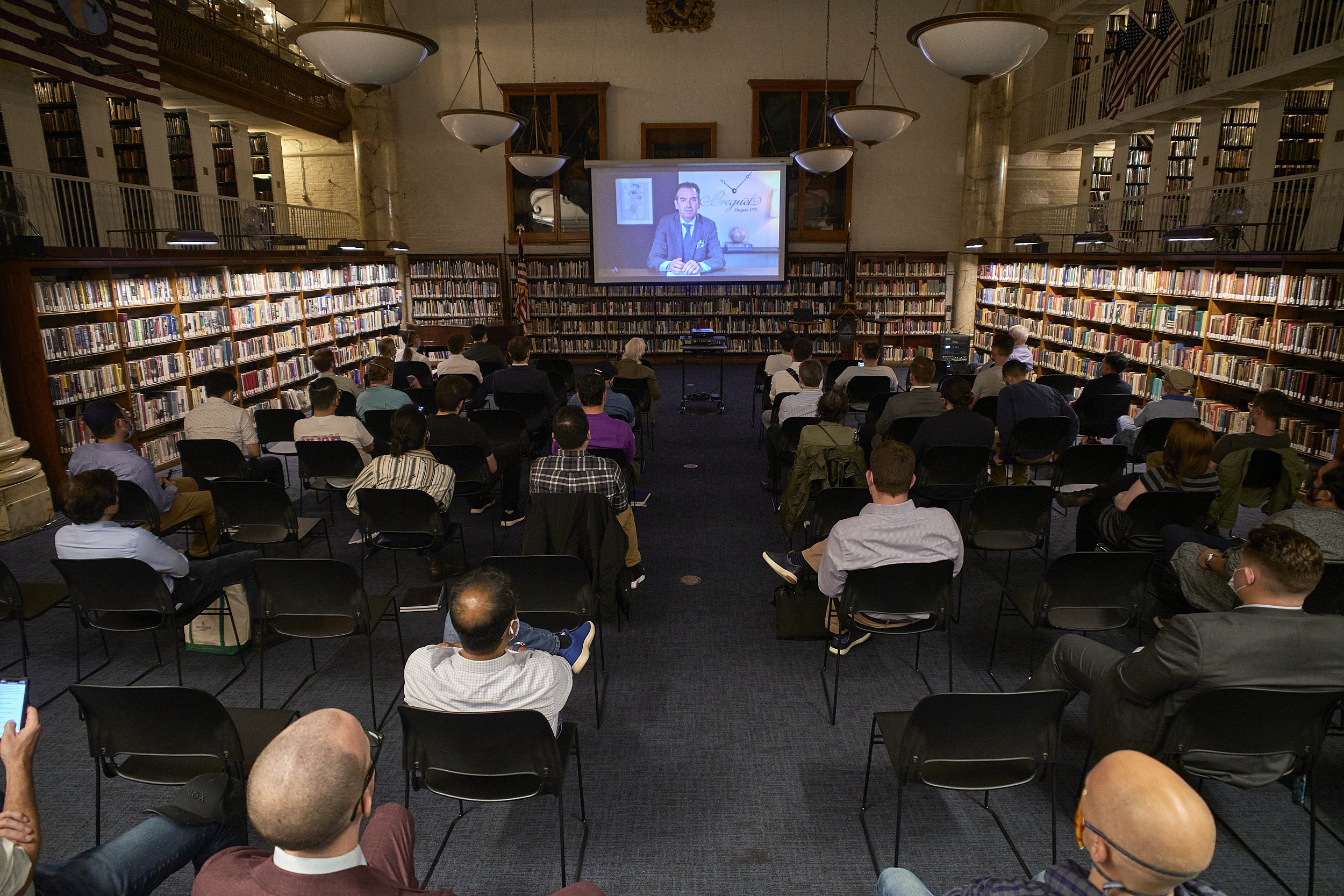

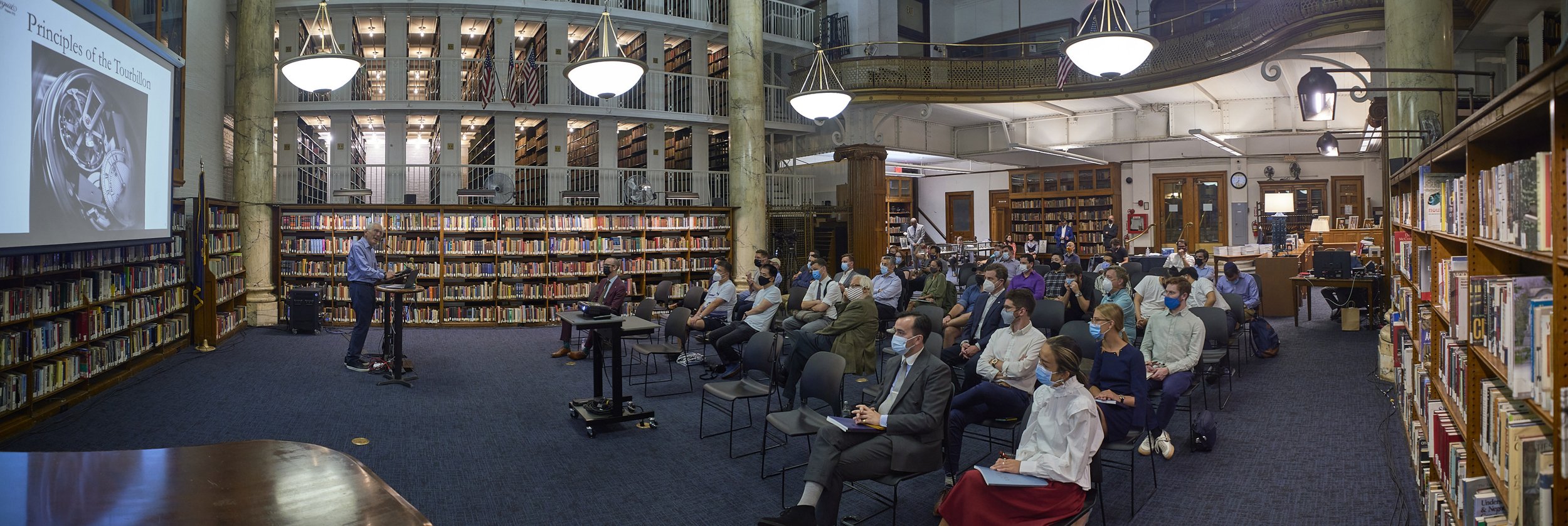
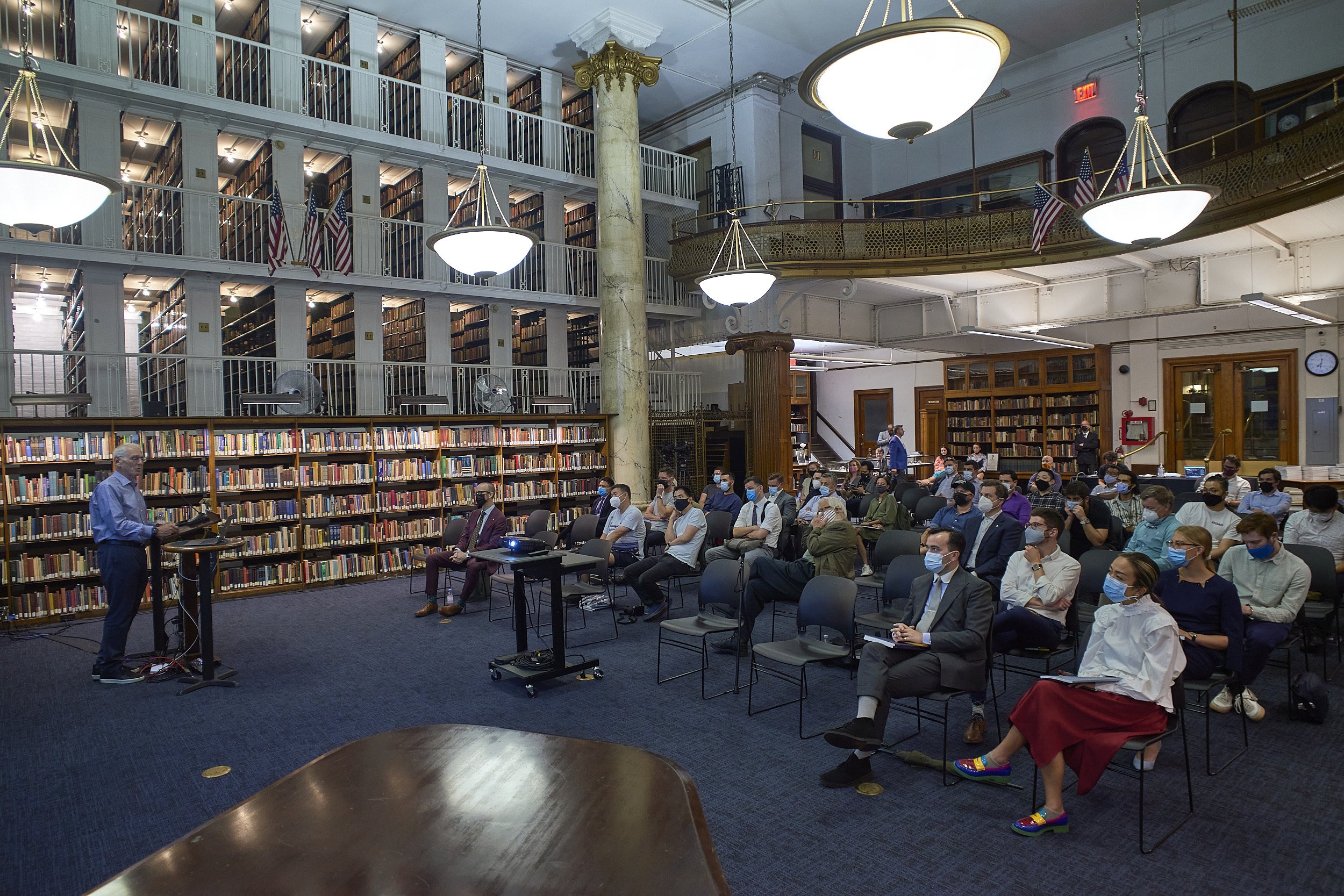
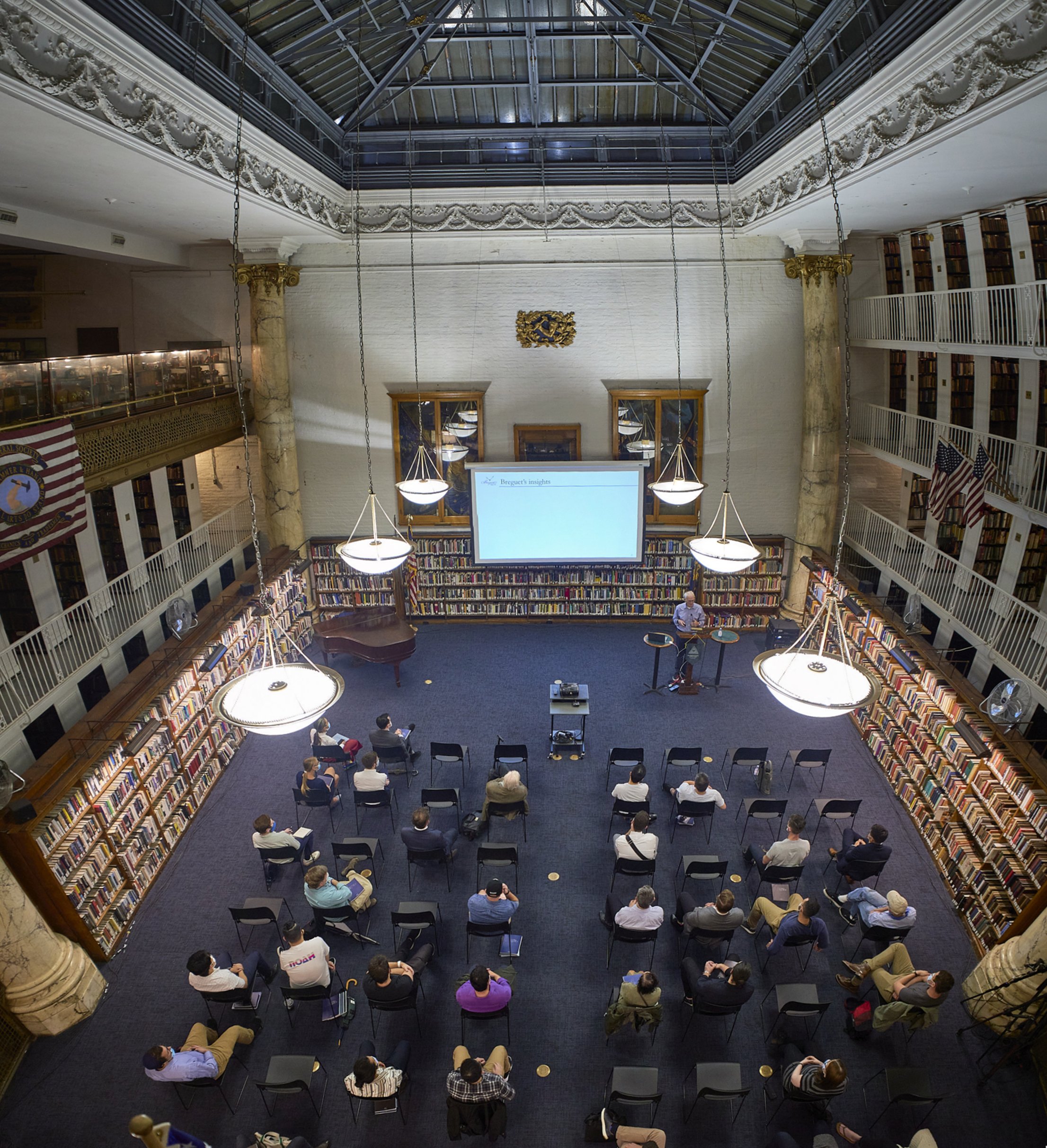
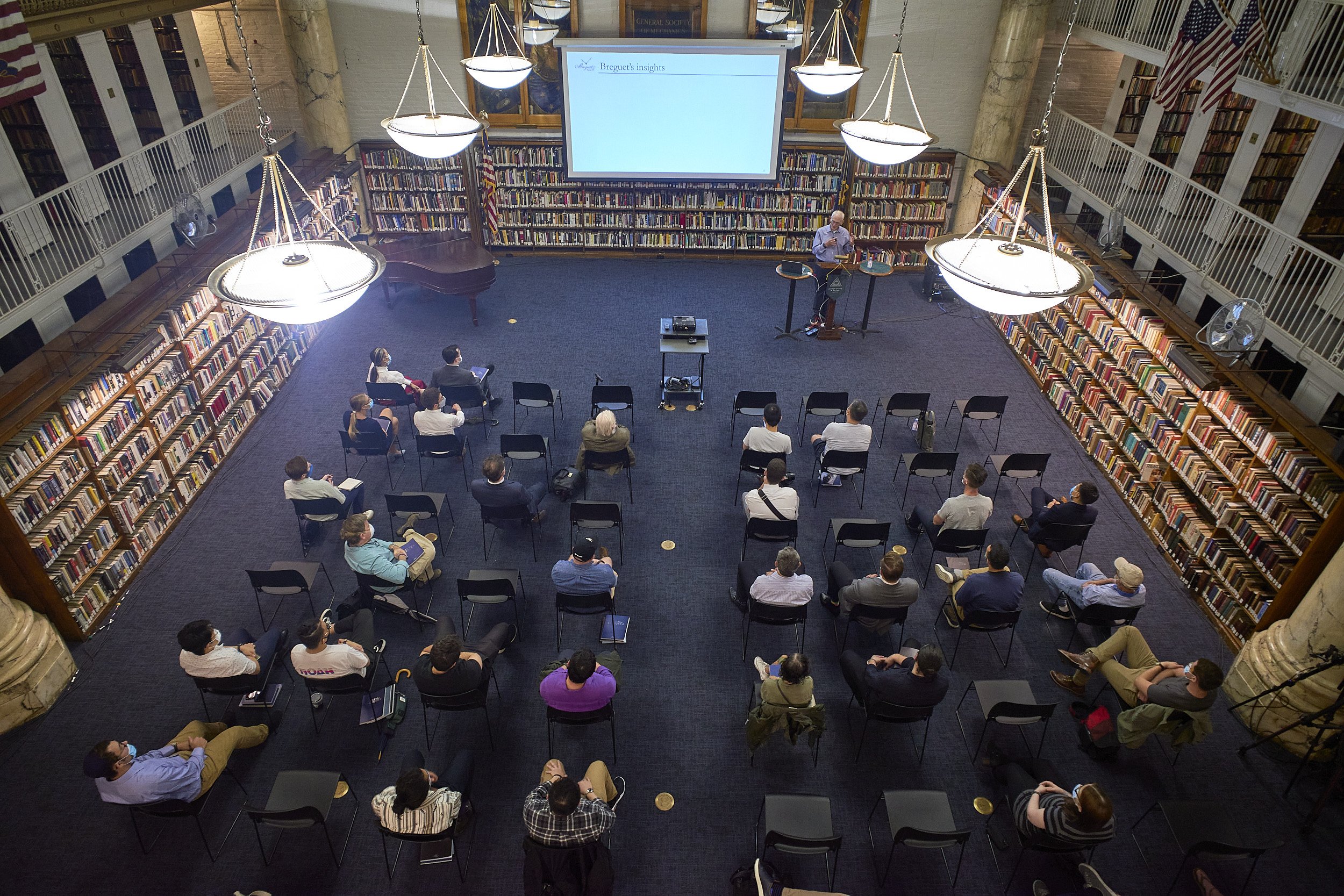
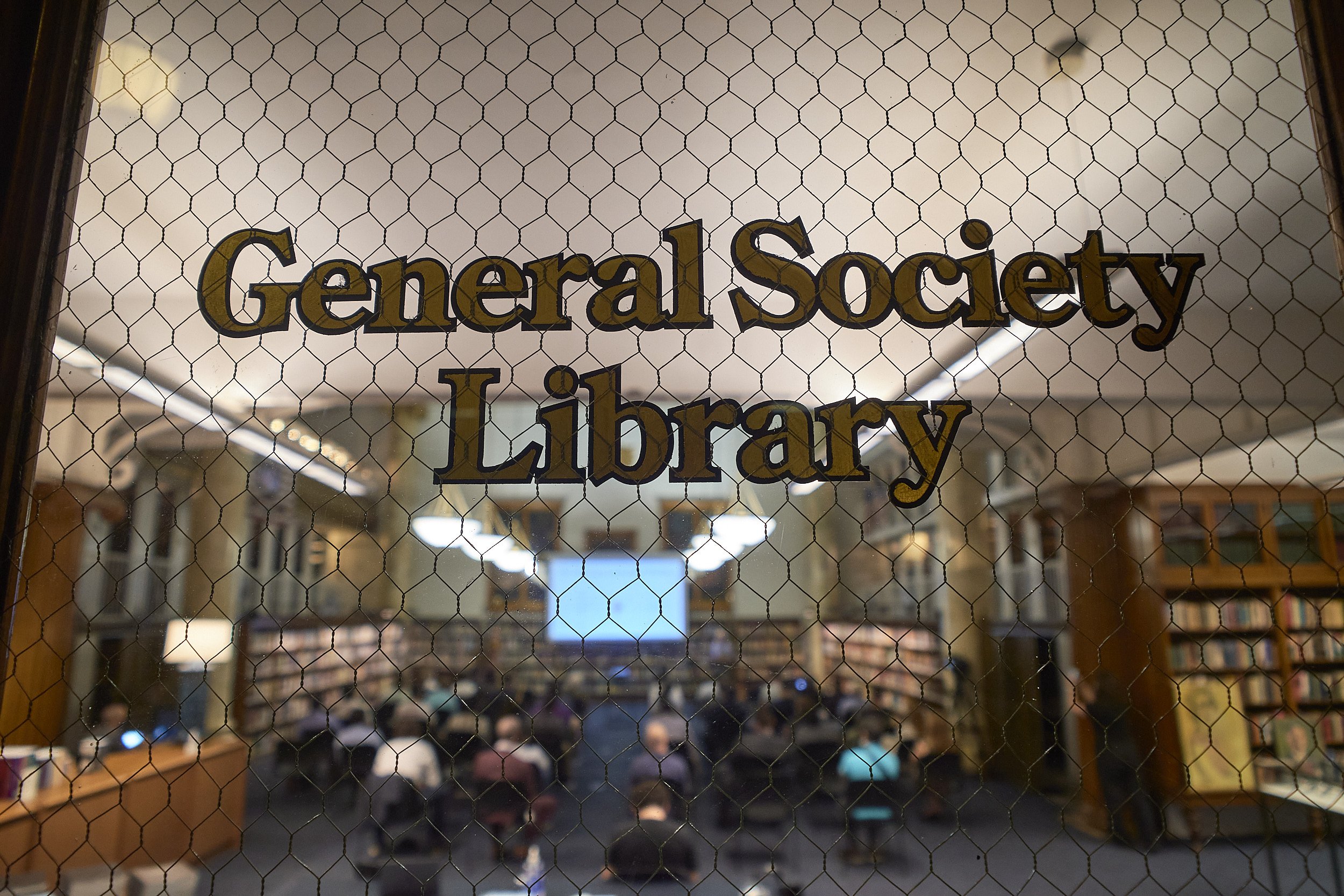
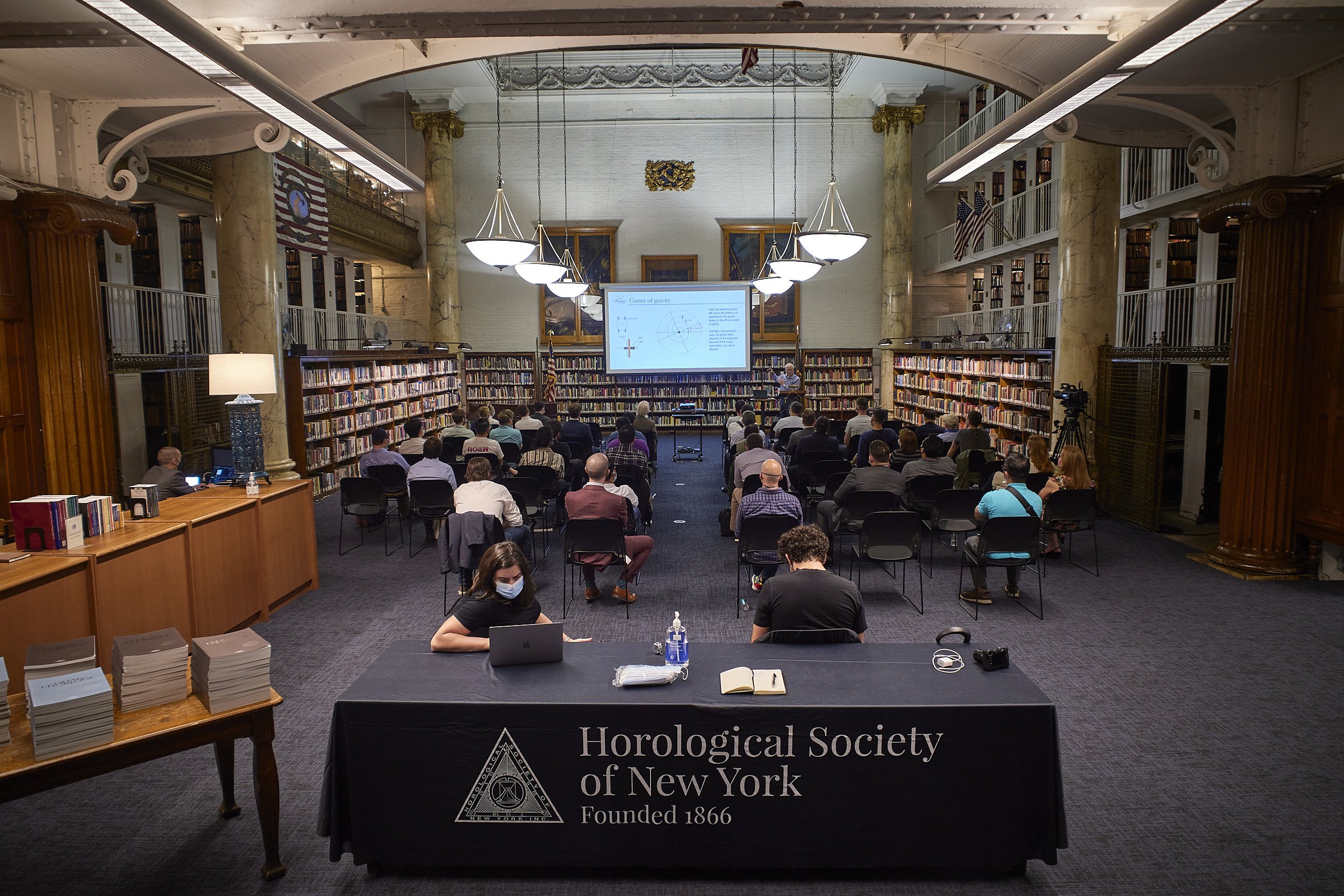
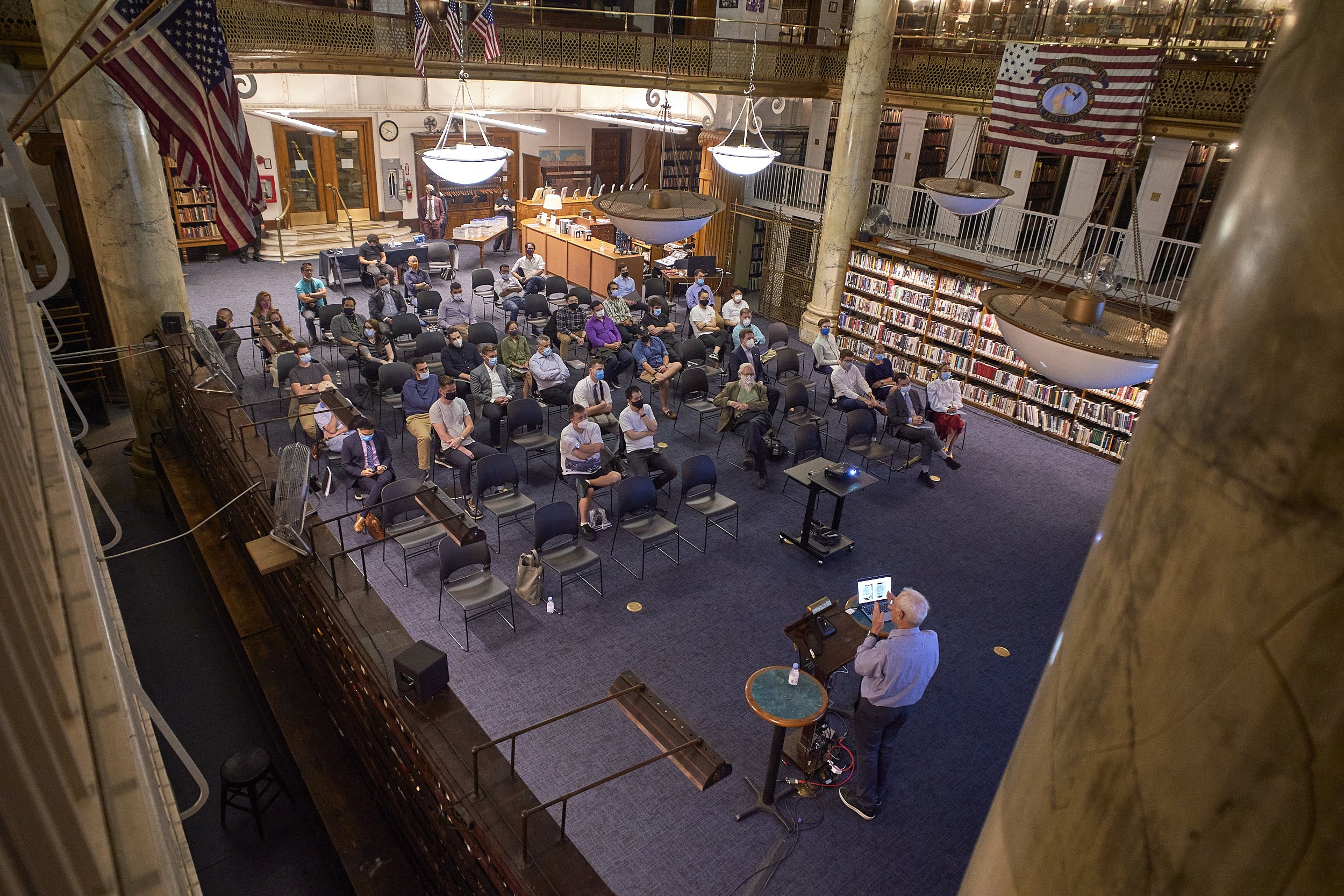
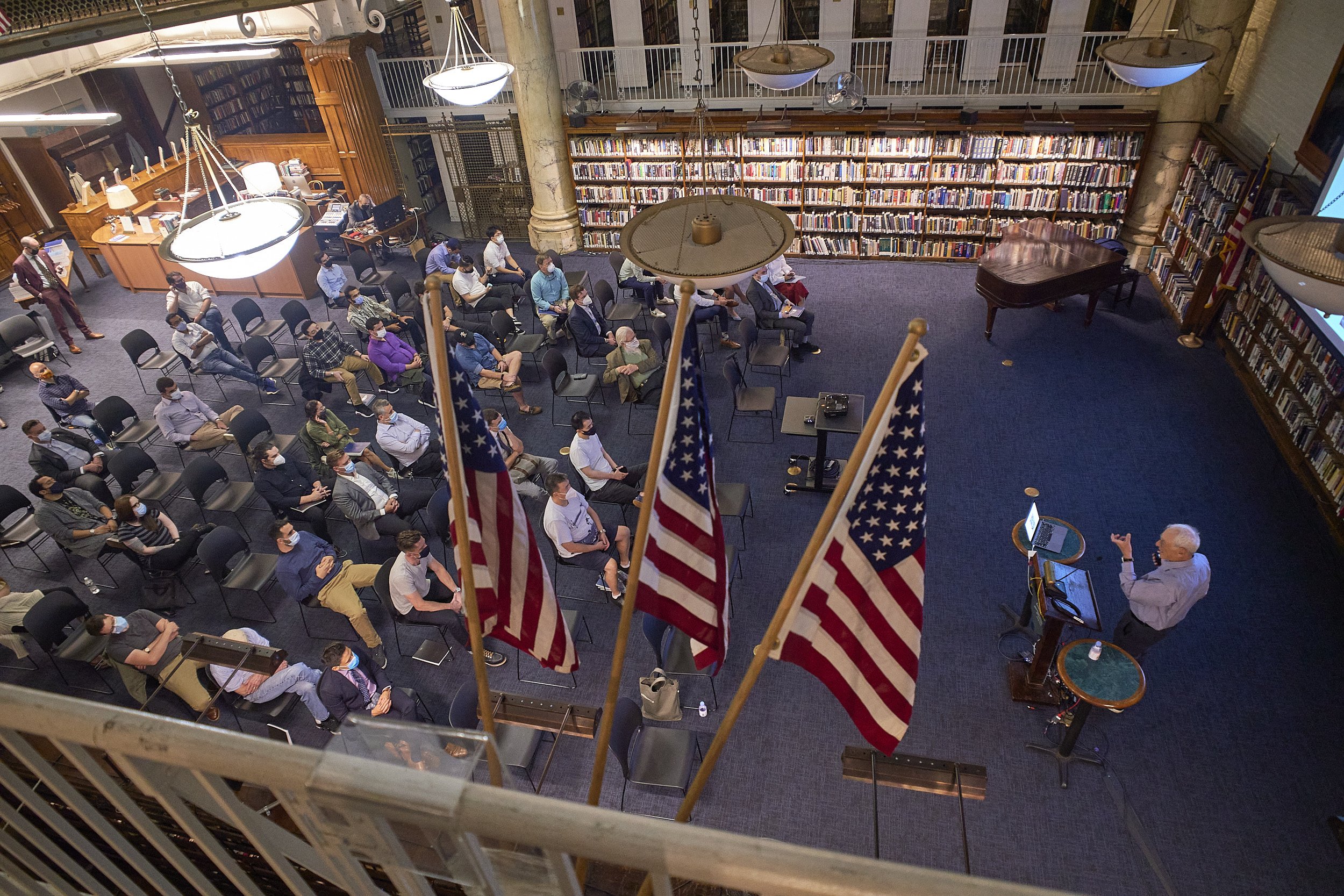
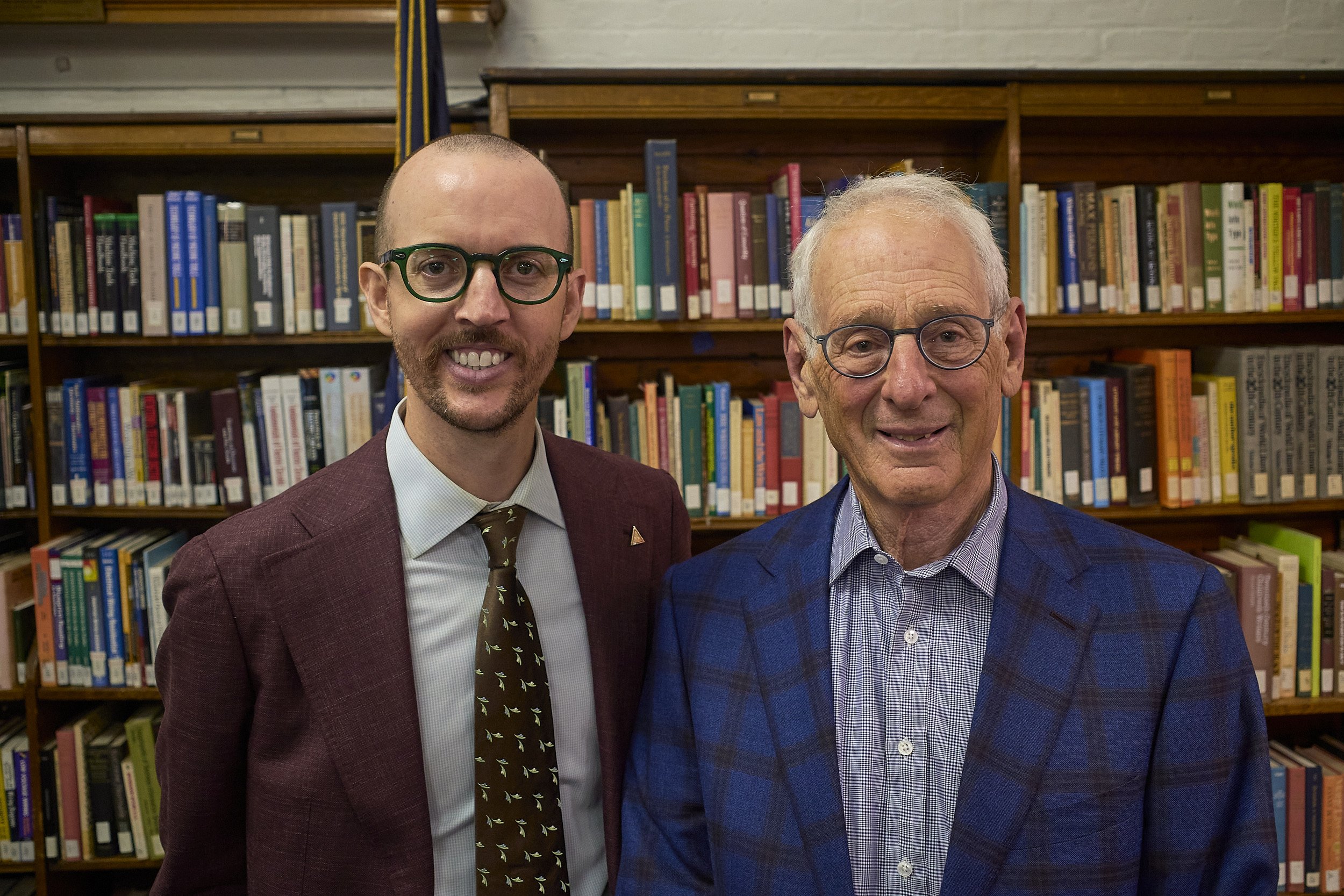
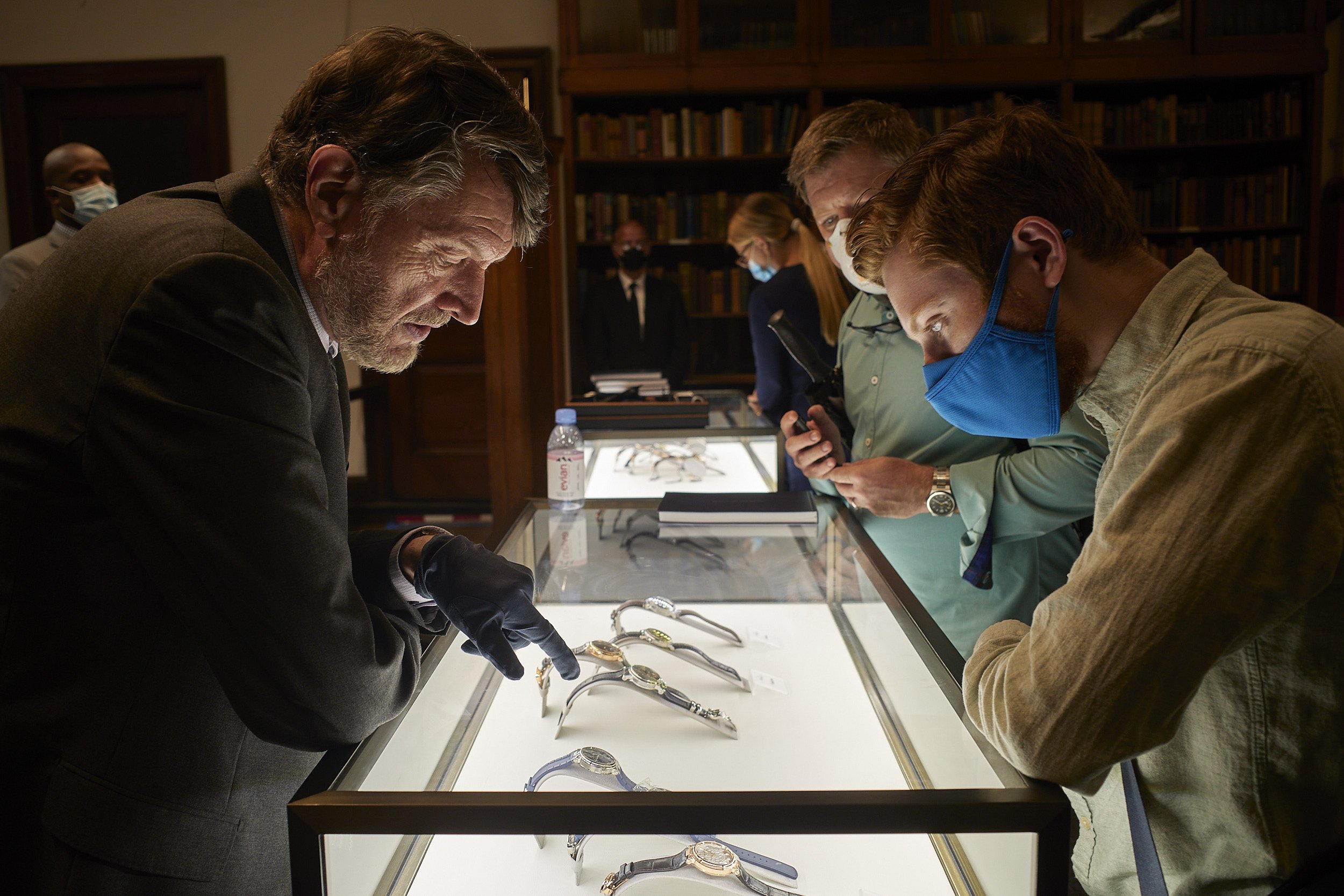
Photography by Atom Moore
Submitted by Melody Benloss, Recording Secretary